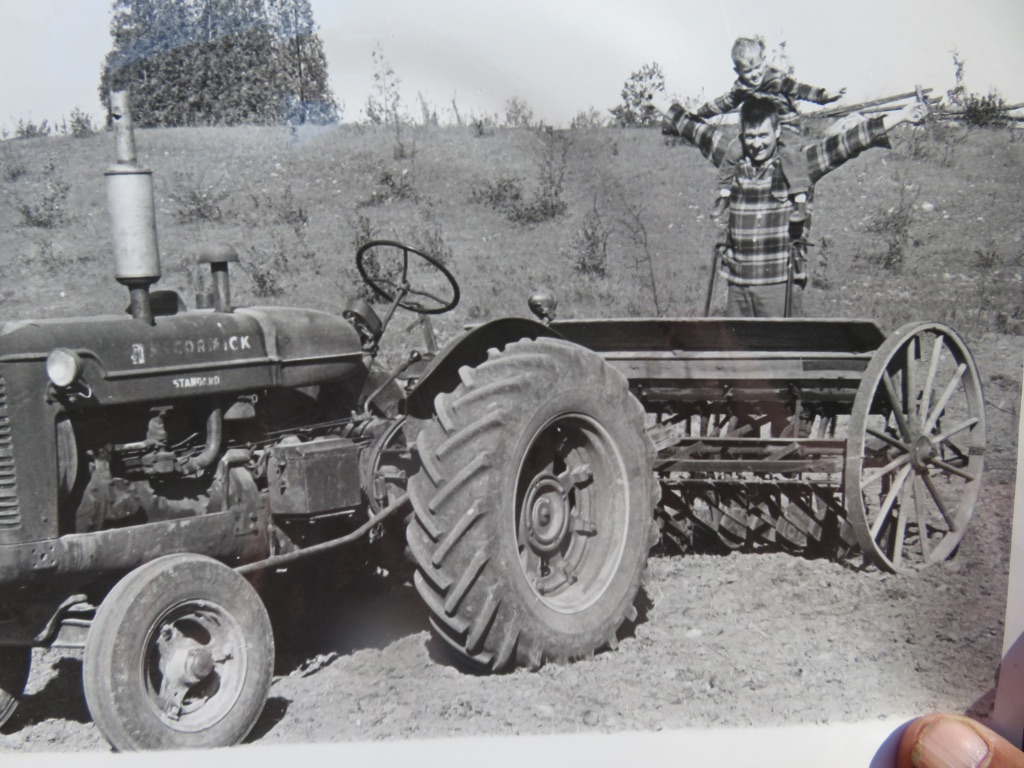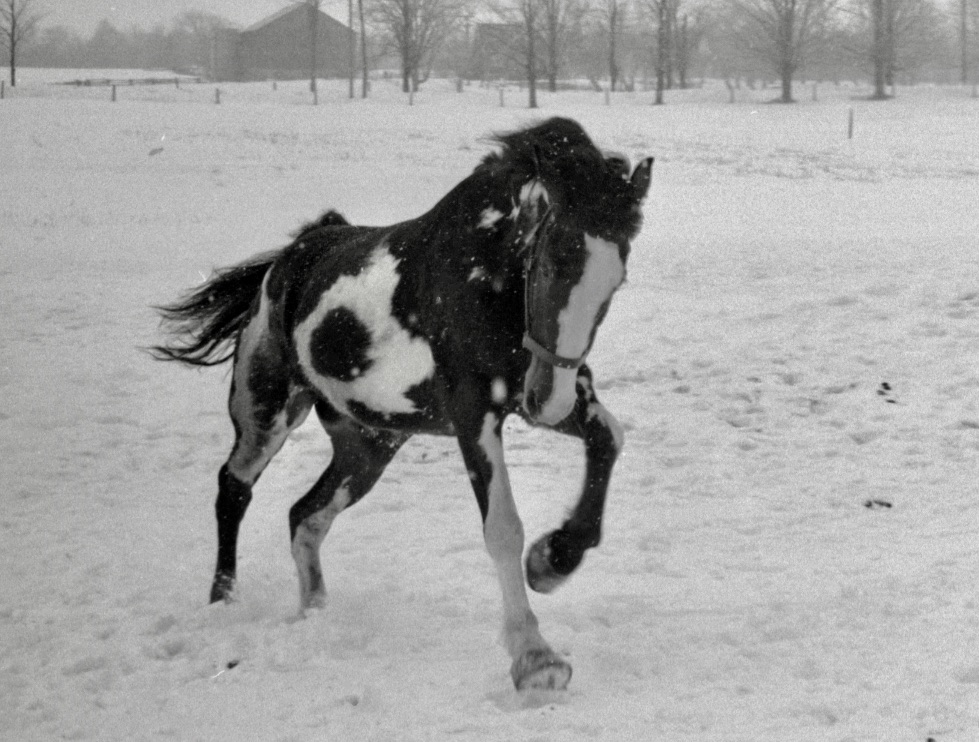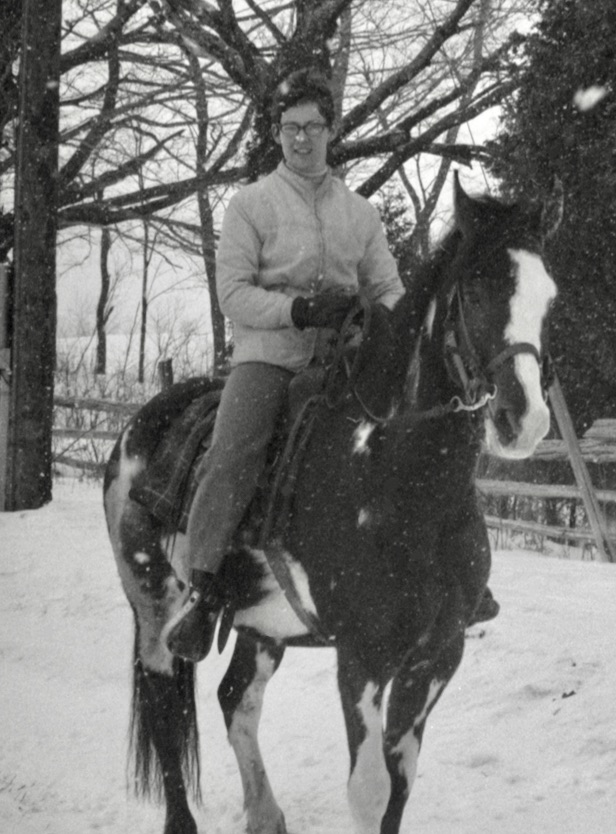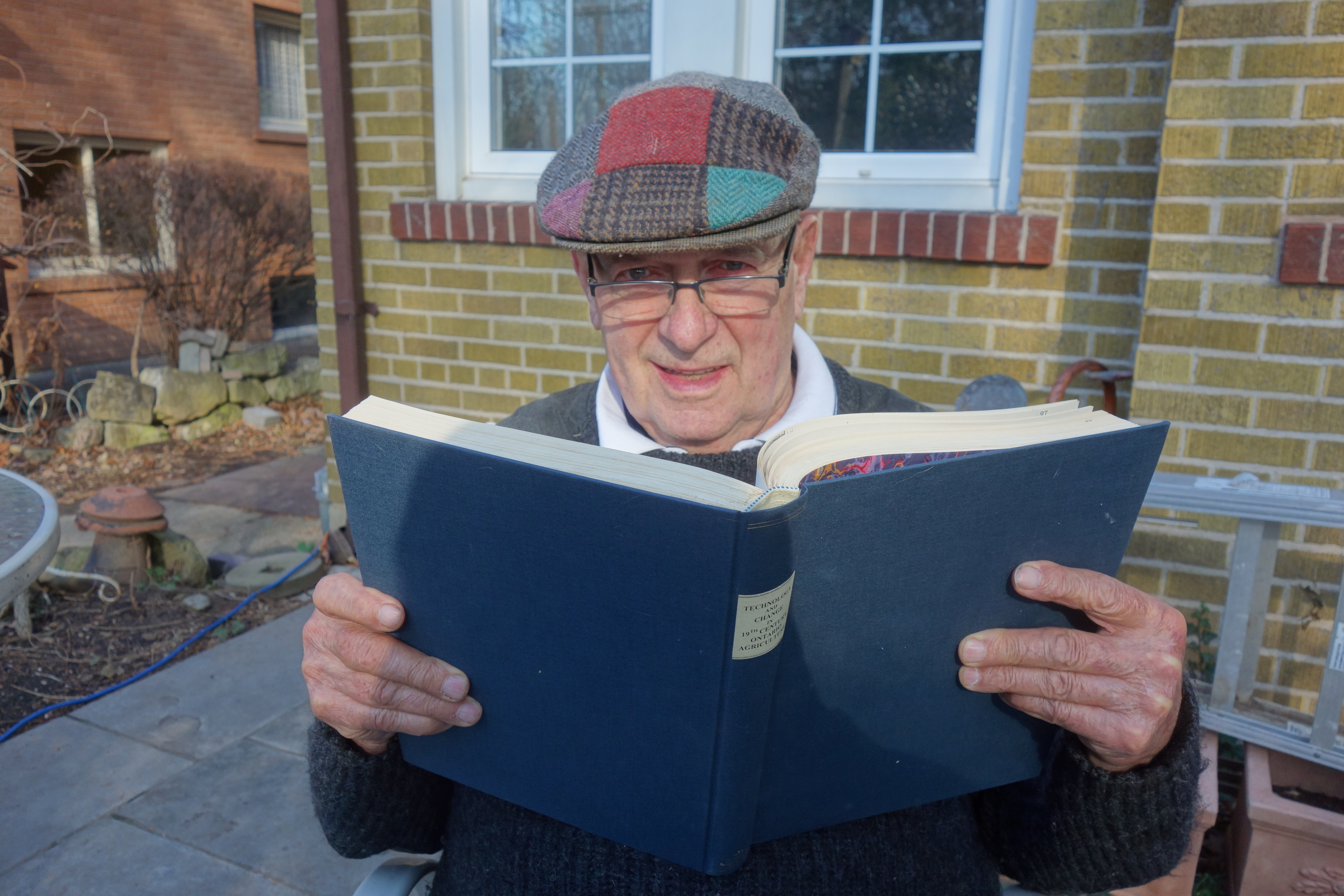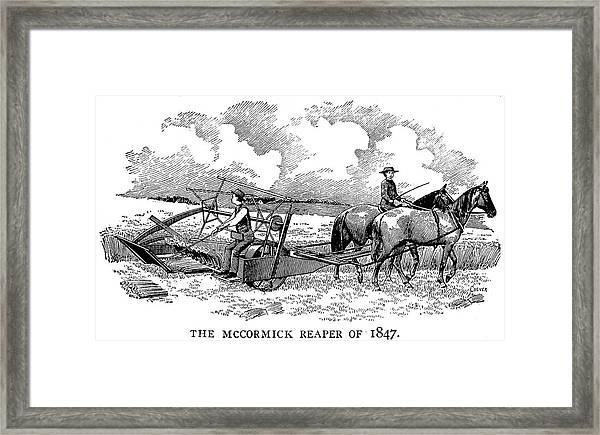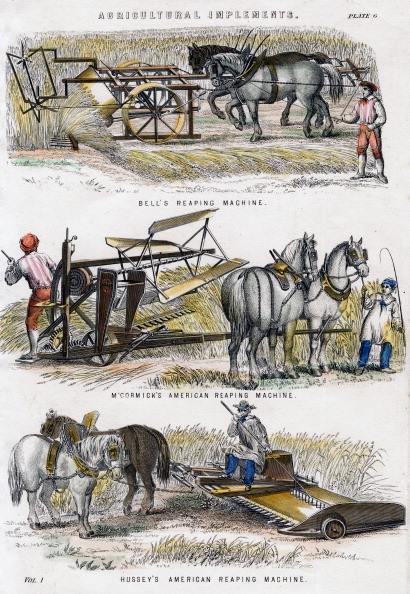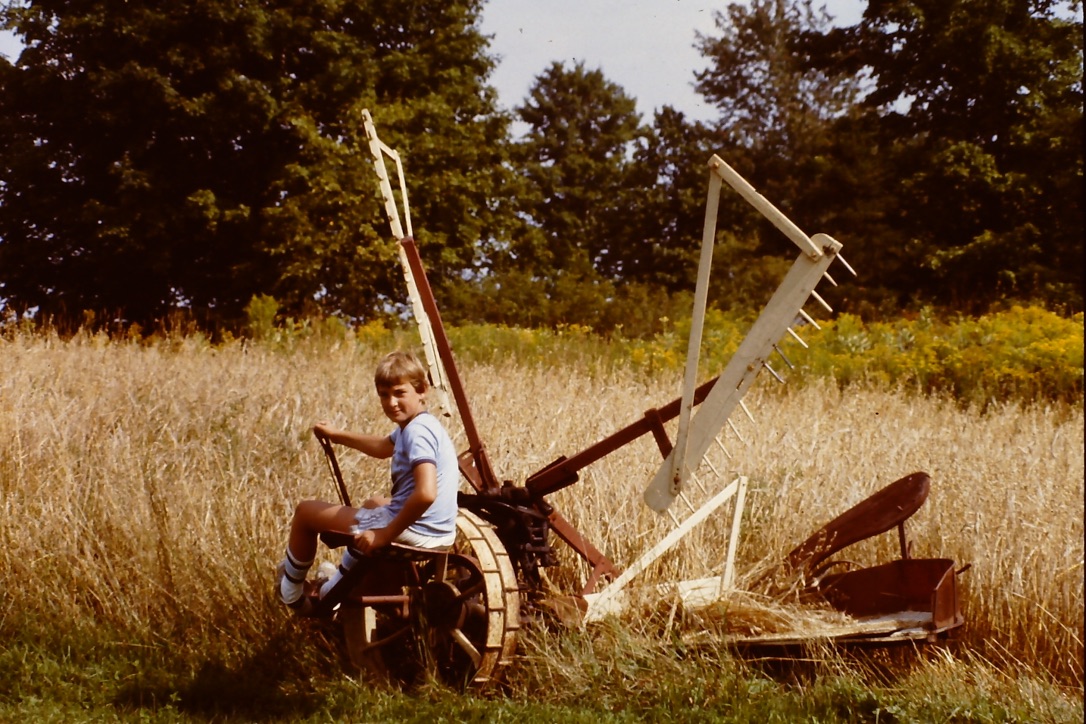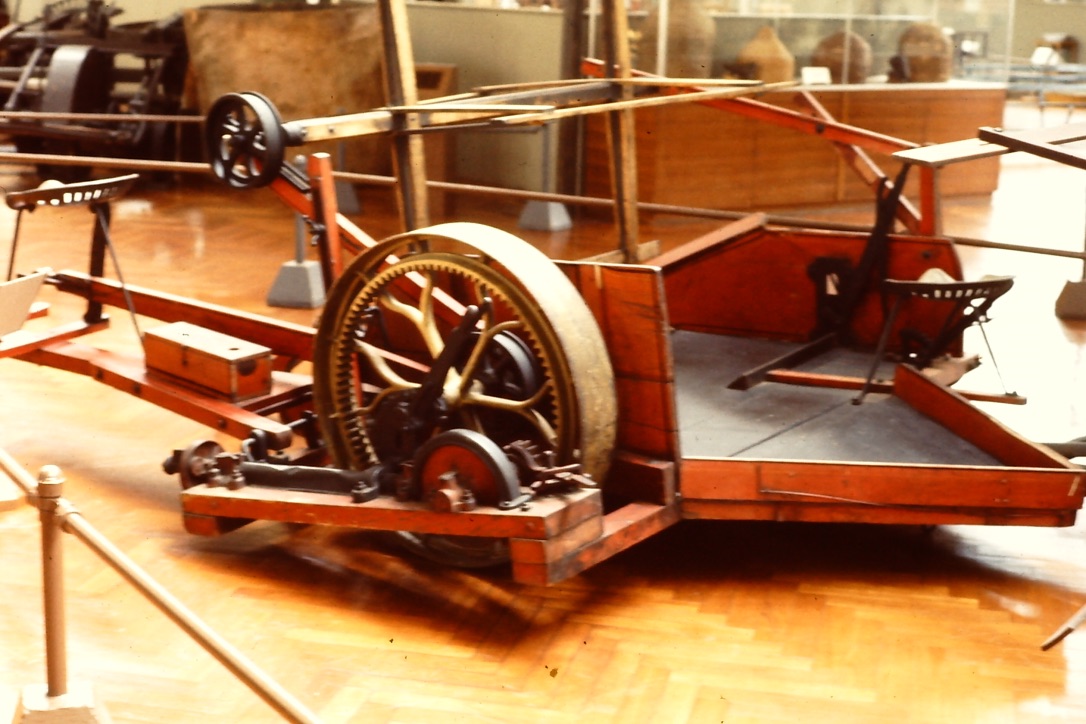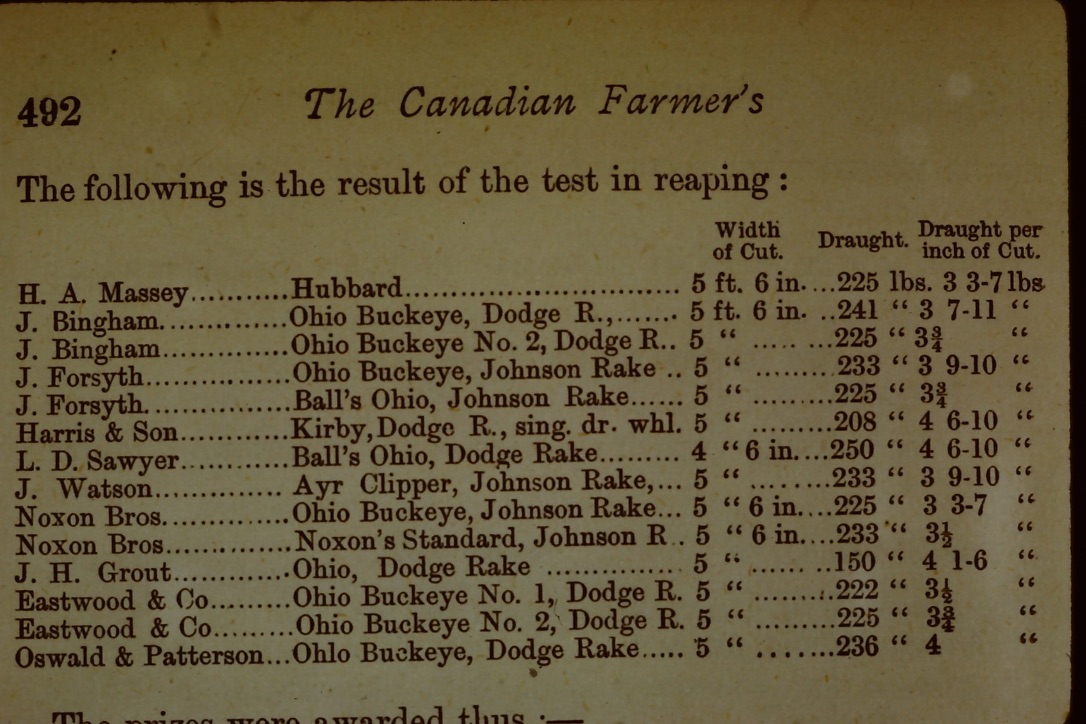From: “alan.skeoch@rogers.com” <alan.skeoch@rogers.com>
Date: Saturday, March 10, 2018 at 12:05 AM
To: Marjorie Skeoch <marjorieskeoch@gmail.com>
Subject: Alan Skeoch … All worldly possessions YUKON JOB 1962DUBLIN GULCH CAMP, YUKON TERRITORY, 1962NOW THIS IS REALLY SILLY…(found in old 35 mm slide)alan skeochMarch 2018Readers come in all sorts … interested and bored, large and small, old and young, critical and open-minded, full of evil thoughts and just plain joyful. Which are you?
Some readers might be interested in this small corner of the universe in the summer of 1962.It’s a game….see what you can find.SEE IF YOU CAN FIND THESE ITEMS BELOW IN THE PICTURE ABOVE1) Pants…note knee patches made of medical first aid tape…only had 1 pair of pants, no time to wash them.2) Bed…made of light canvas and metal rods…never lasted long…flat to floor eventually3) Baby Rabbit…given to me by Moses Lord, First Nations member of our crew, caught it by hand, eventually freed the little fellow but meanwhile helived in my gum rubber boot in the evenings leaving a few soft marbles each morning.4) Escapade magazine…must be good article in there on geophysics, else why would I keep it?5) assorted soda cans and bottle of stuffed olives6) 2 pairs of socks drying on my clothesline beside bed…socks were so important…dominated all.7) 1 bottle of antiseptic…kill microscopic bastards trying to kill me by slipping in open wounds chewed openbu larger bastards (mosquitoes, black flies, moose flies, deer flies, grand wasps)8) A small library including Pierre Berton’s Klondike, Michener’s Fires of Spring, Steinbeck’s East of Eden,9) boot insoles drying on top shelf…holes in boots meant water sloshed around most days, body heat boiled my feet, pock marked.10) Hair brush that was never used11) Moose lower jaw bone (mailed back to Toronto with pair of caribou antlers)12) single caribou antler. Moses Lord got me a full rack to send home by freight truck.13) Scottish tam at top. When I started teaching my principal, Mr Ellis, said to me privately “You will never get aheadif you continue to wear that tam.” Wonder what he would have said if he saw this picture? Probably say “I knew it!…look at him.”14) Alarm clock…rang at 5.45 a.m. Get up, dress, make breakfast, slather bait for bugs, and be on trail by 7.30 or so.15) PICTURE OF MARJORIE…WE WERE ENGAGED…SHE GRADUATED U. OF T 1962, I DID SO IN 1961, POST GRAD YEAR 196216) bottle of Eno’s fruit salts…for upset stomach. Food we ate made that necessary.17) candle in wine bottle…18) Huge box of cookies sent as a Care package from Marjorie who was back in North Bay. She also sent chocolate cakes.19) Mosquito lotion20) Camera case and pile of magazines…maybe scientific journals but more likely the other kind.21) Diary on top of stump table22) My brief case in which was wrapped my idea of Yukon gold (see 23)23) my Mastodon Tooth found in a gold sluice box in Dublin Gulch. It was a great teaching item when presenting the theoryof Beringia…where Asiatic people migrated to North America 10,000 to 20,000 years ago when the Bering Sea was a vast dry plain feeding Mastodons,Mammoths and other giant now extinct creatures. Must have been a good lesson for some student stole the tooth the first year I taught high school.24) Alan Skeoch, 23 years old, bearded, post-adolescent, Rover Scout, potential groom, Geophysical Field Man. future teacher…immature… reticent to give upthe life of luxury implied by this photograph . Marjorie took the view that ‘if you can’t beat them join them’ and Marjorie Joined our crews on jobsin North Ontario at Paradise Lodge and Wart Lake in 1963 and a short and final job at Merritt, British Columbia.,in 1964 where the local mining executives thoughtshe was a hooker.25) Prospectors rock hammer
26) plank under cot to prevent collapse
27) gold nuggets … tiny … really just gold dust which I dropped on black electrical tape and mailed to Marjorie. Should do a story about
our discovery of gold. In 1962 gold sold at $35 an ounce and was controlled by he Canadian government. Today it sells at around $2,000 an ounce and the Gold Standard
WHAT A WONDERFUL LIFE.ALAN SKEOCHMARCH 2018
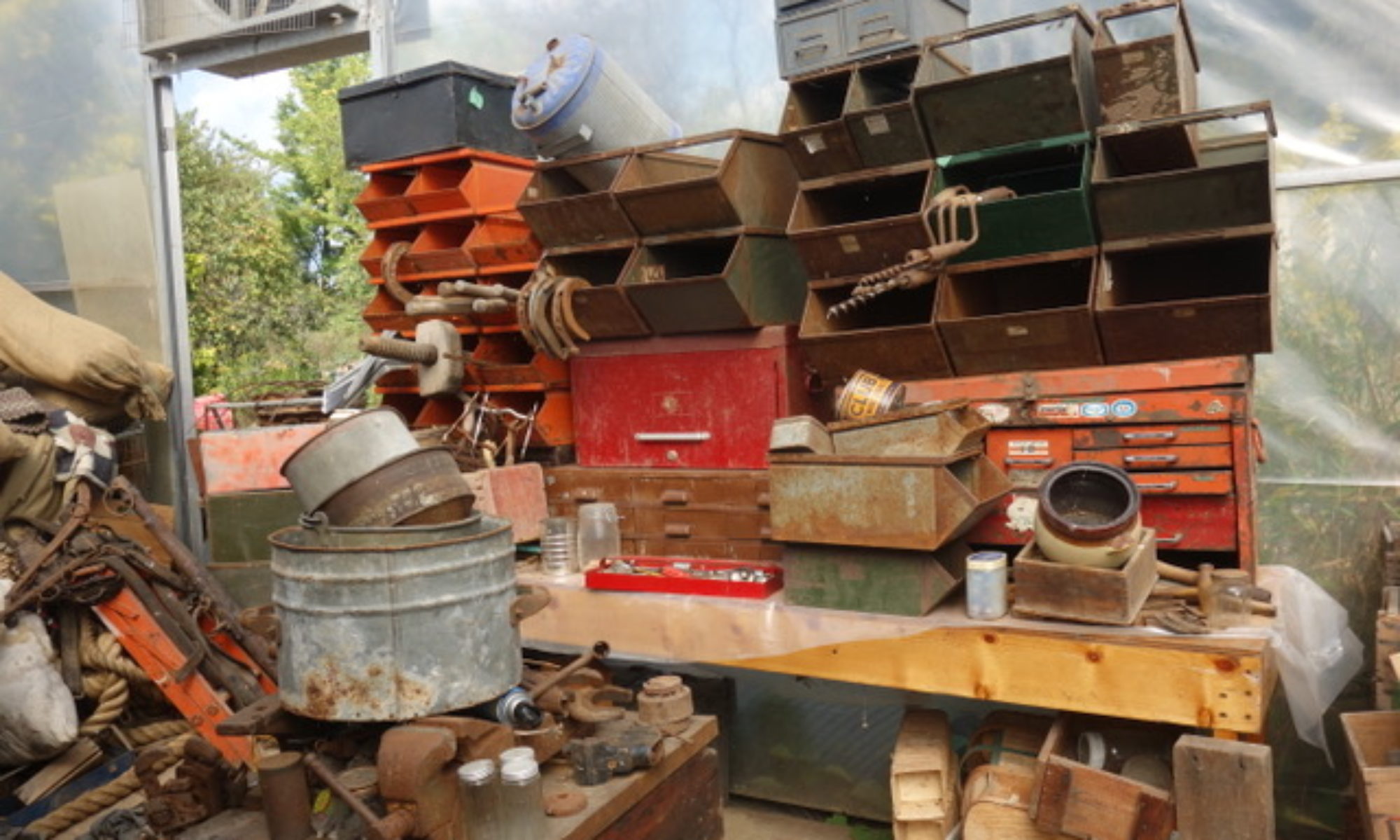


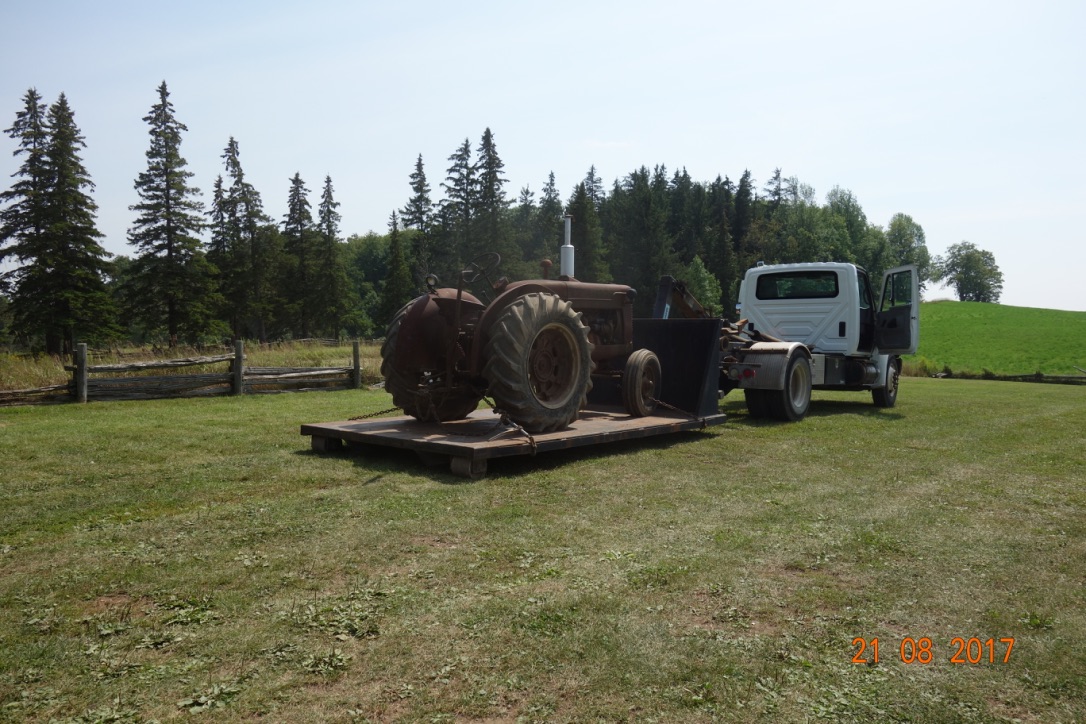
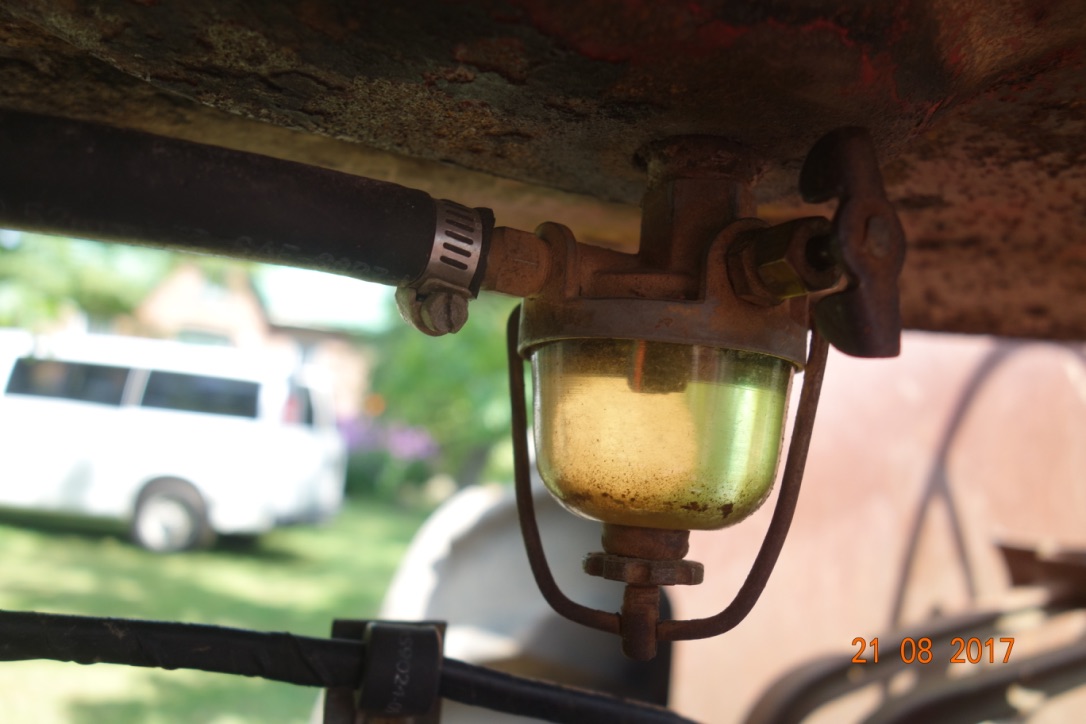

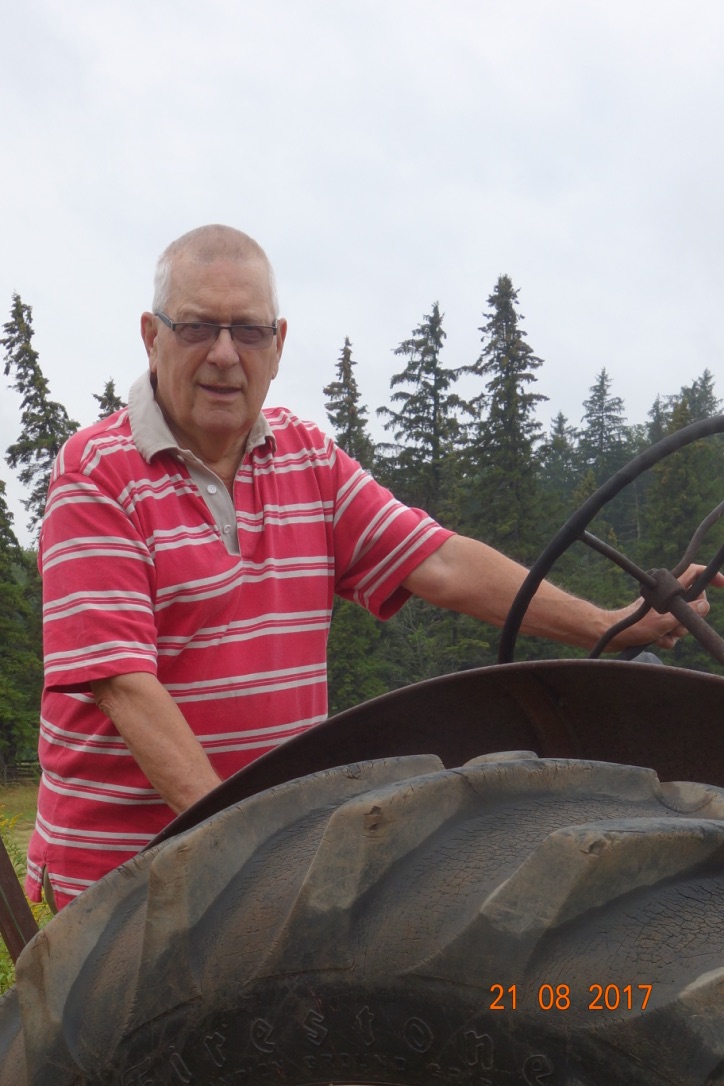
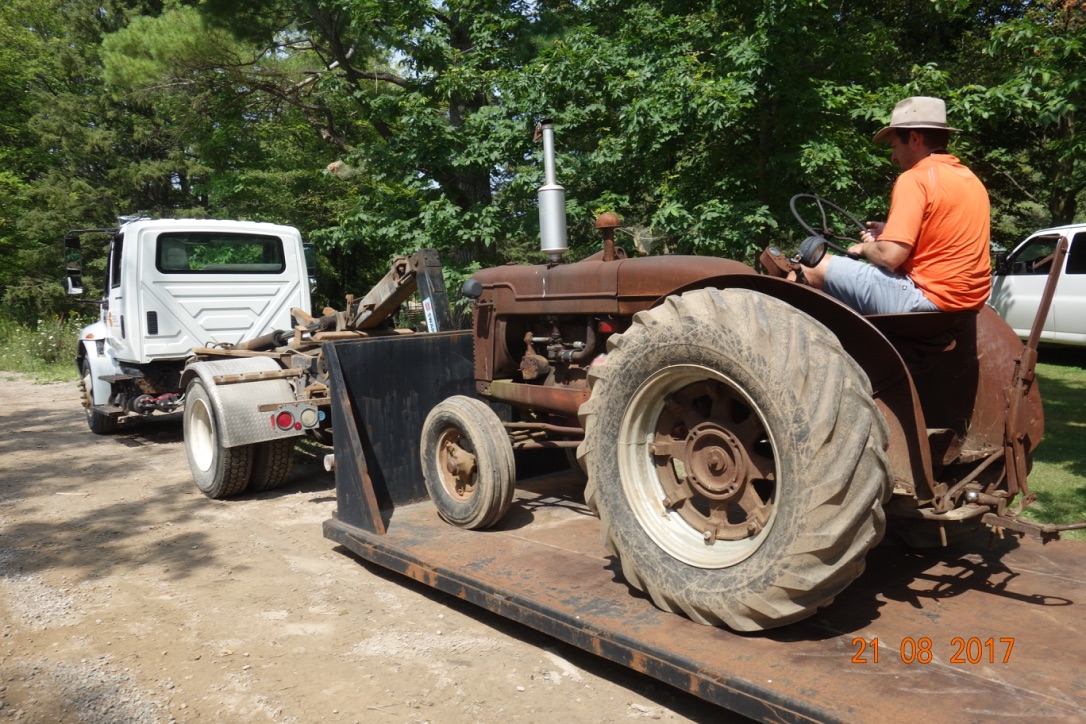
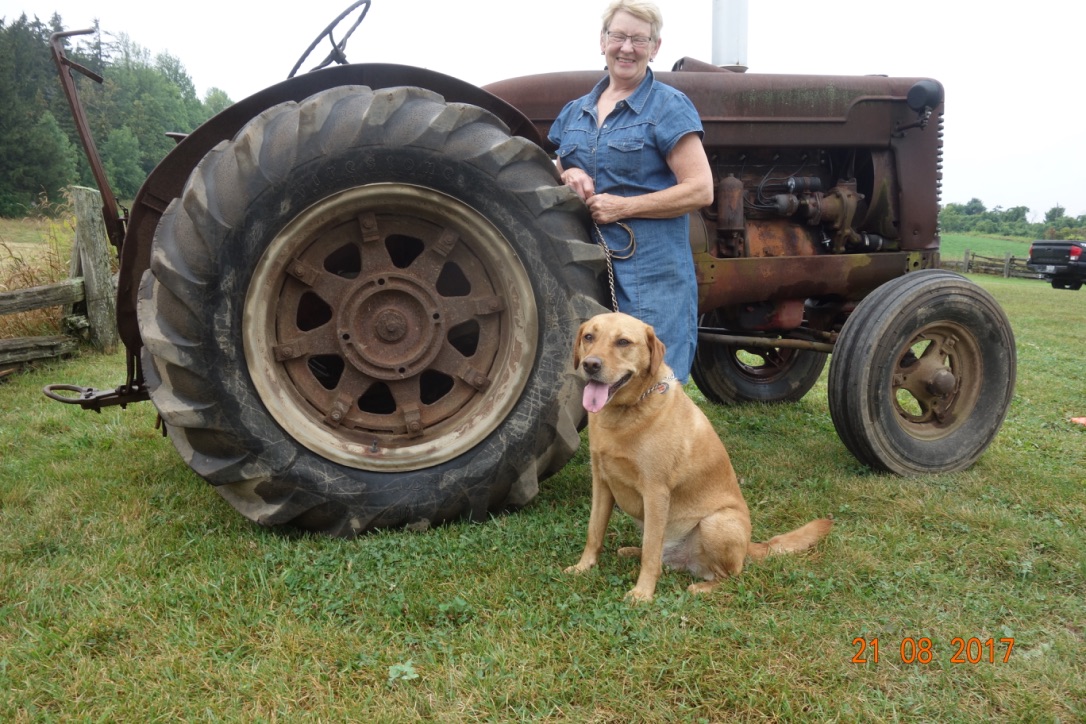
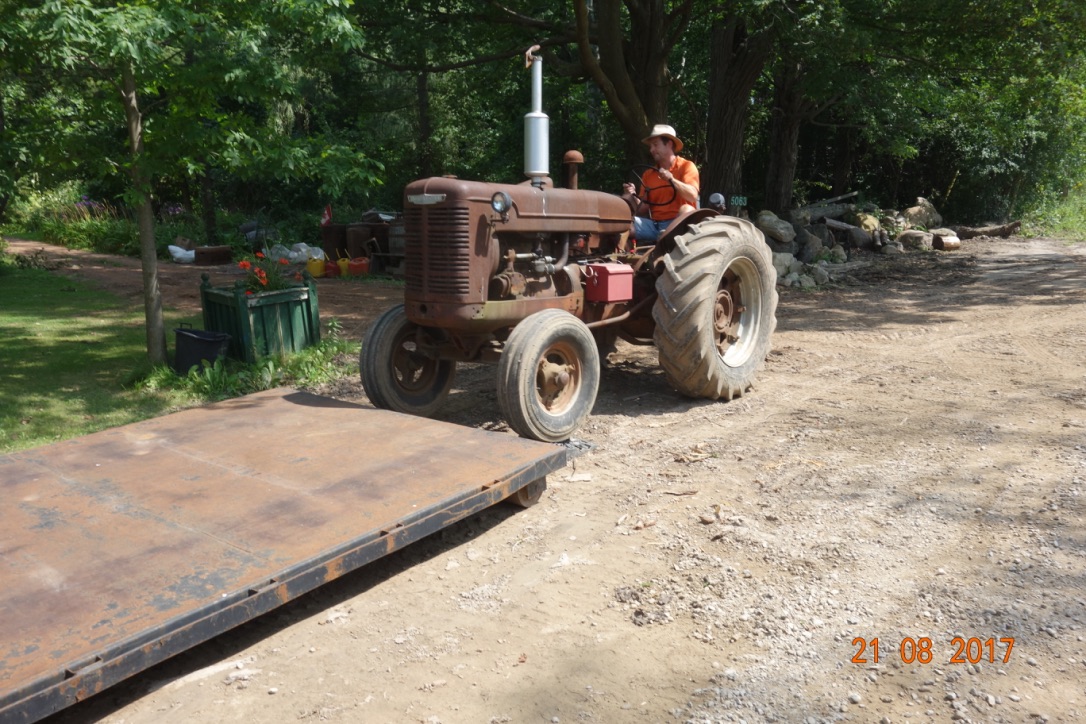
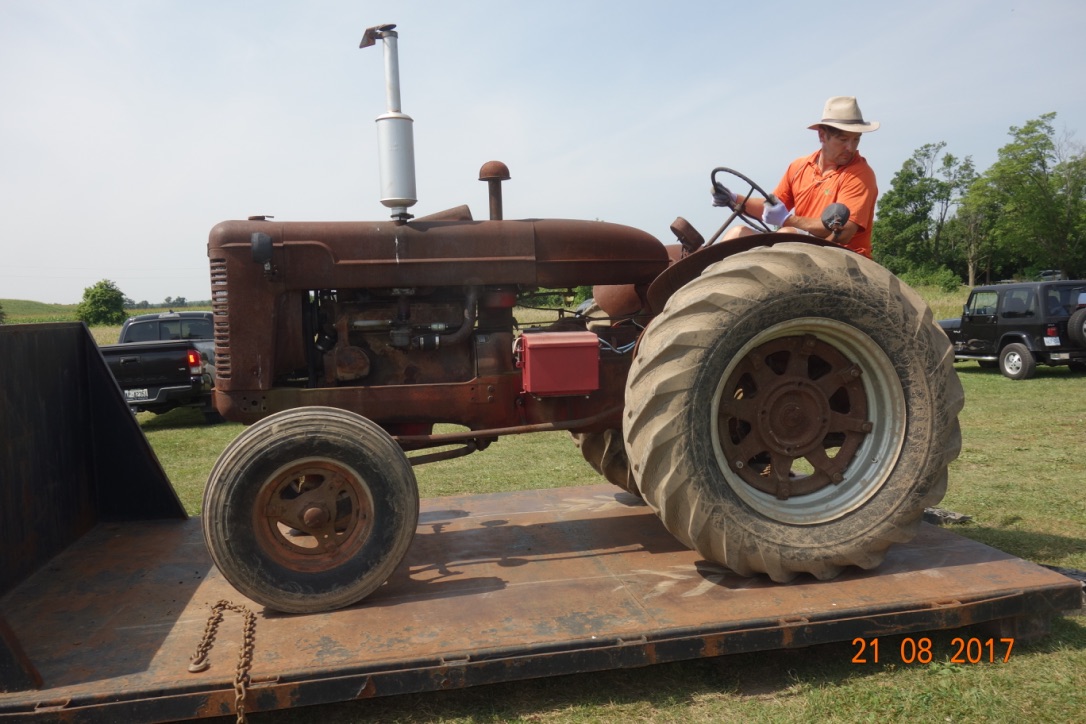
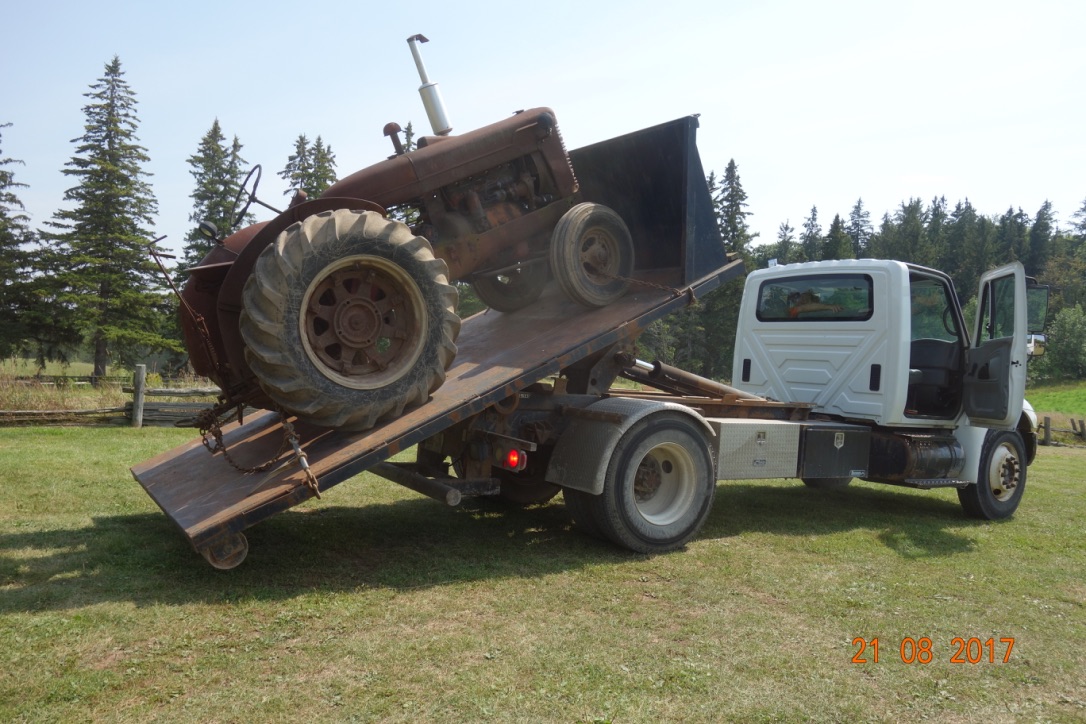
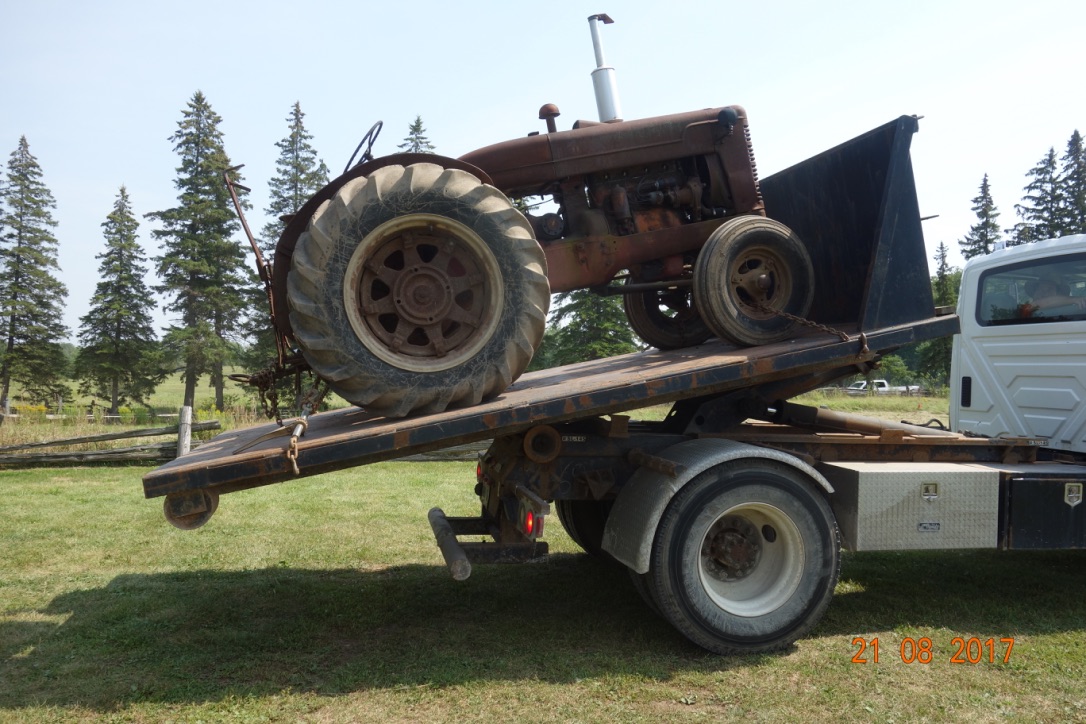
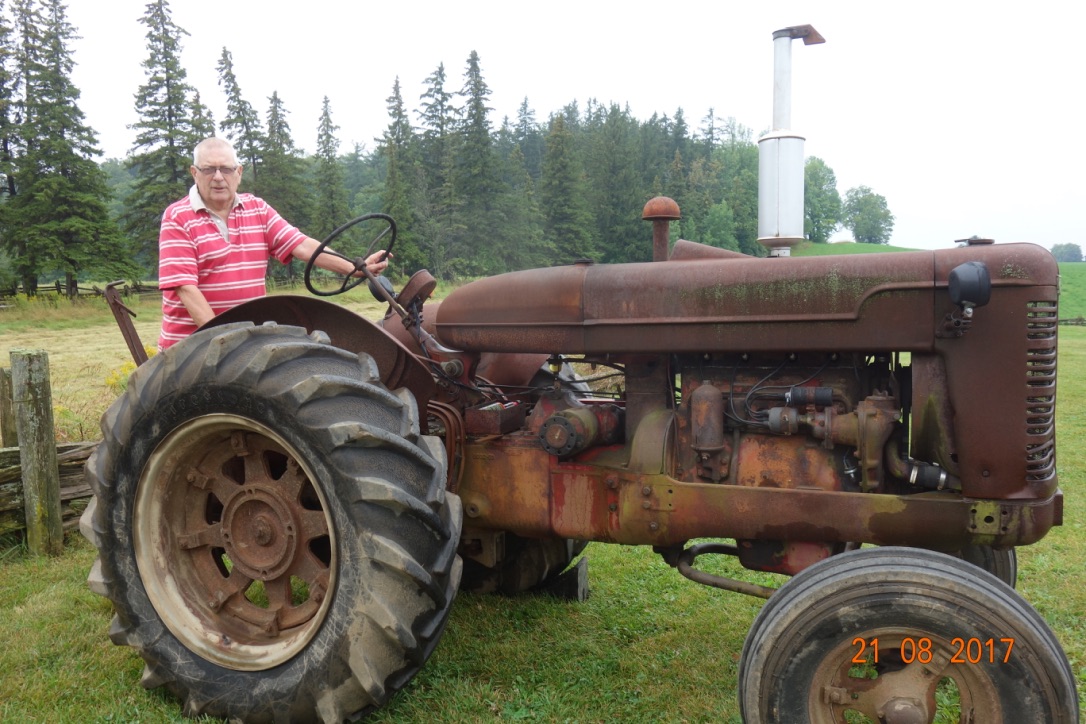
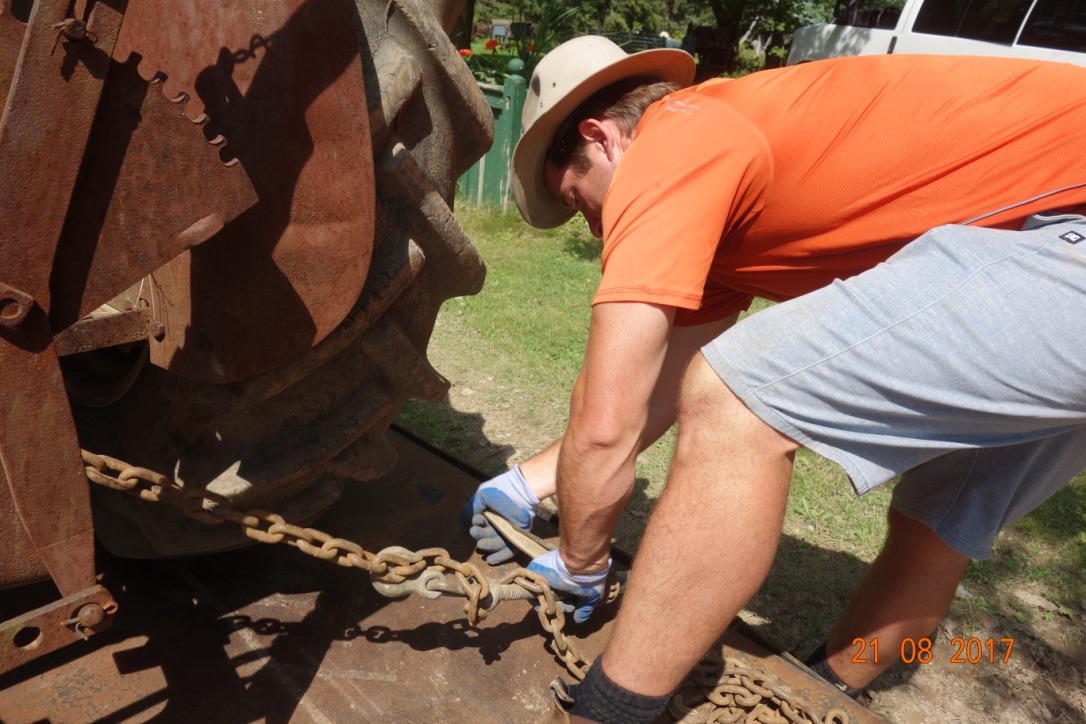
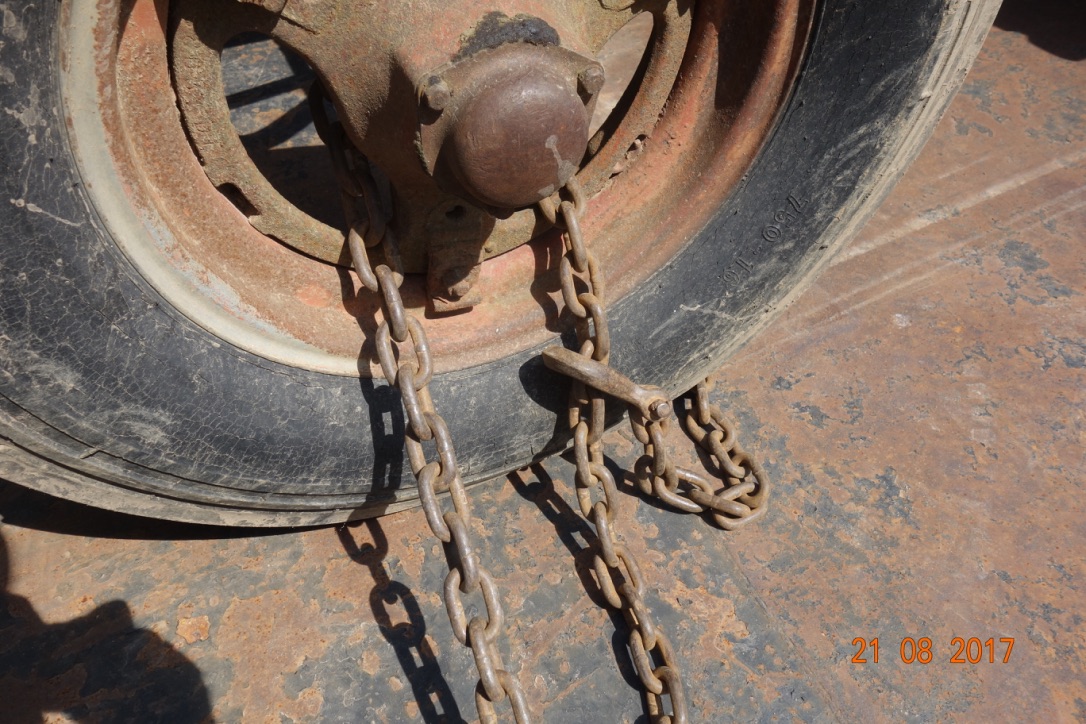
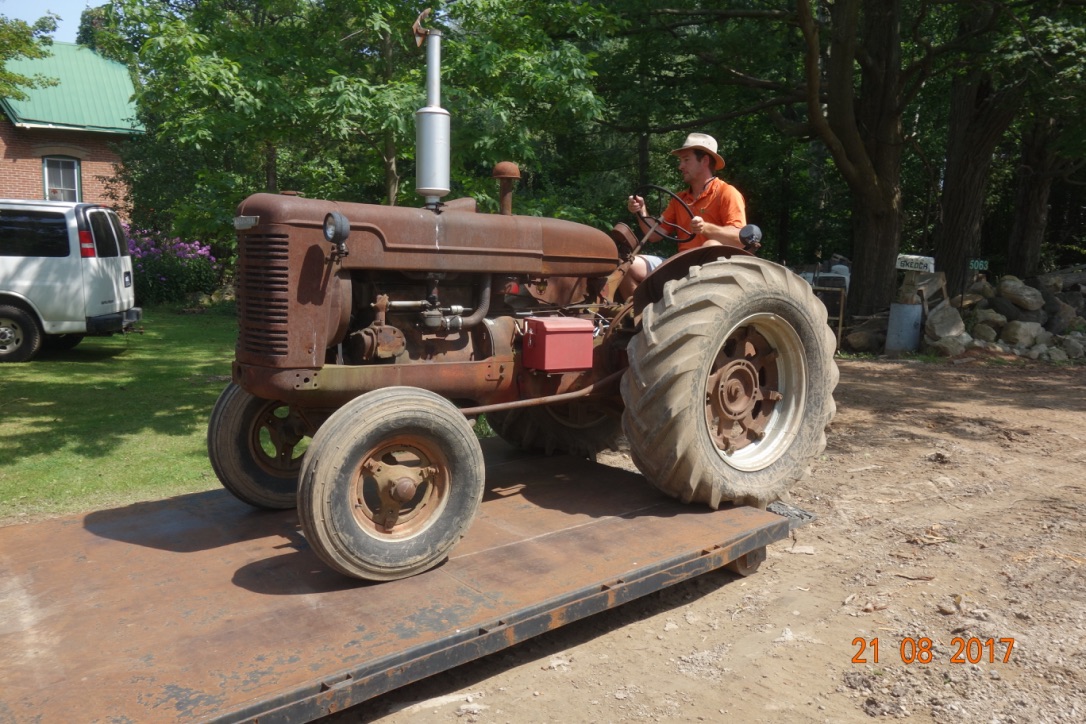
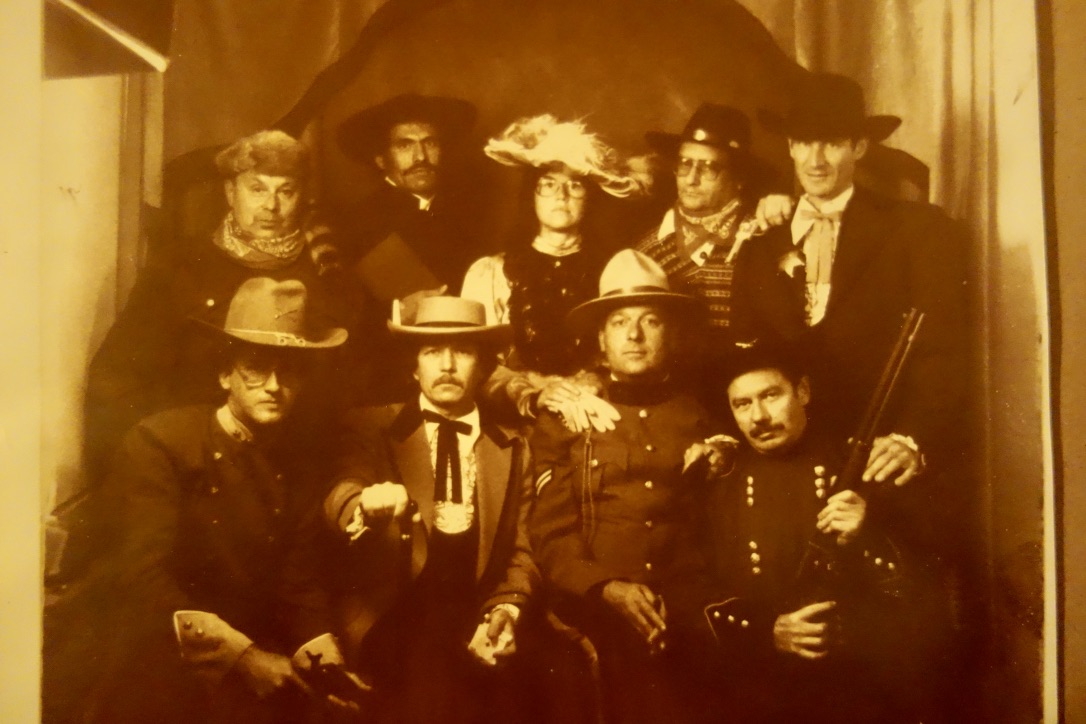
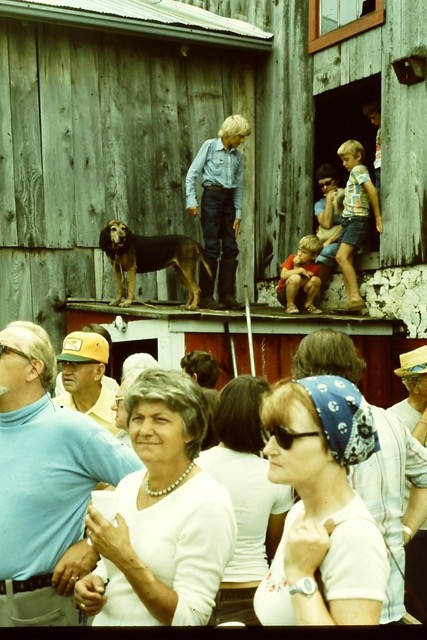
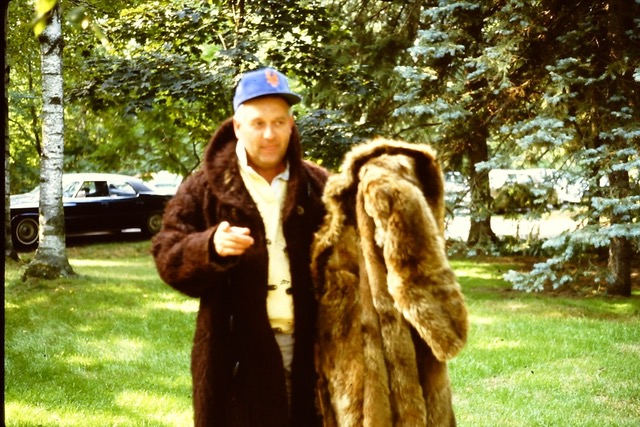
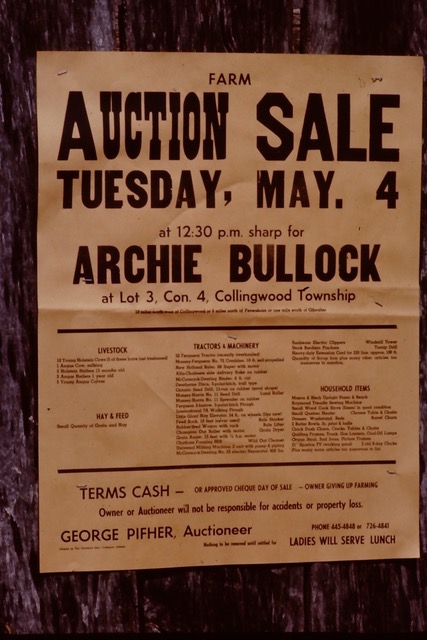
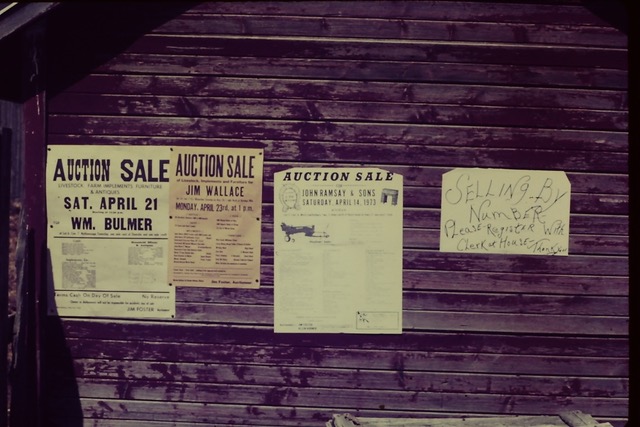
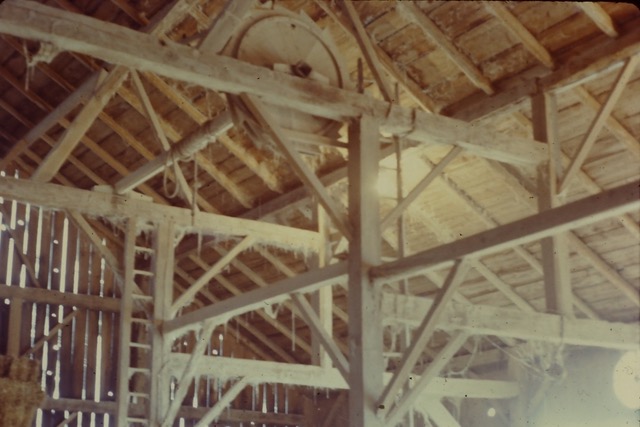

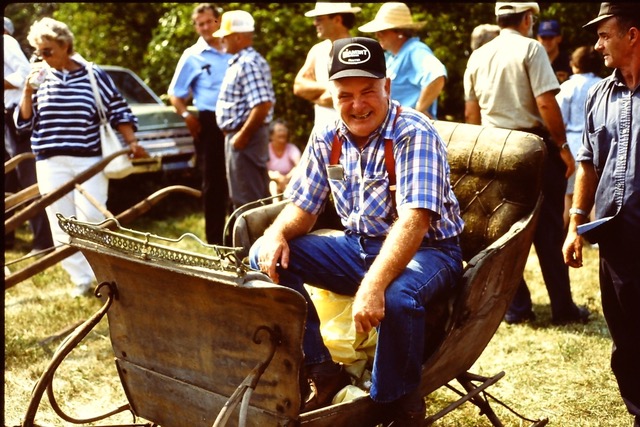

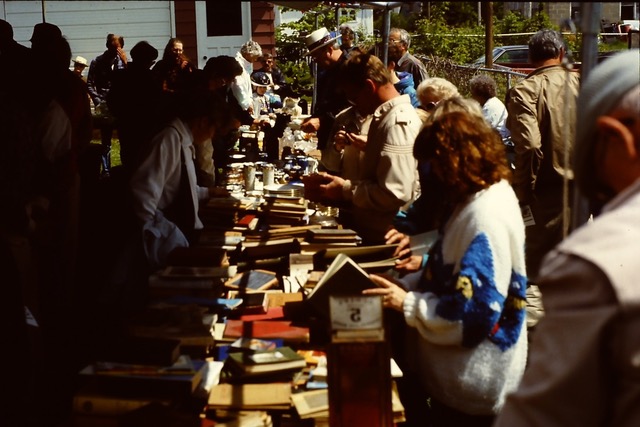
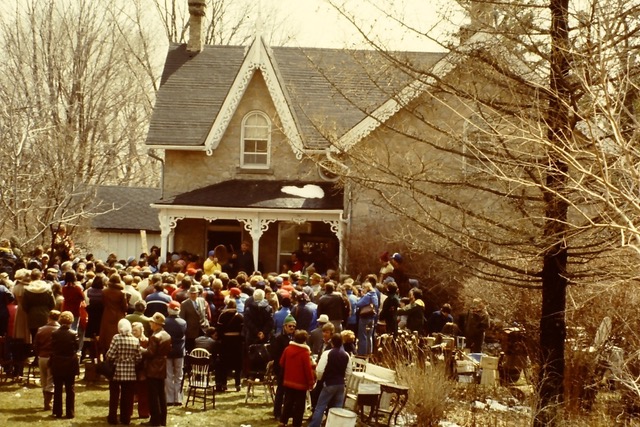

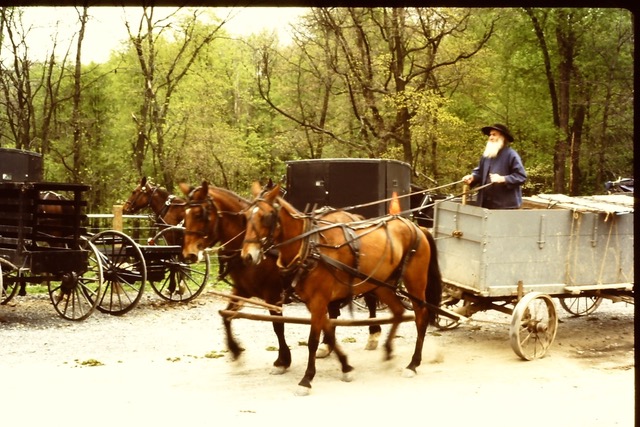
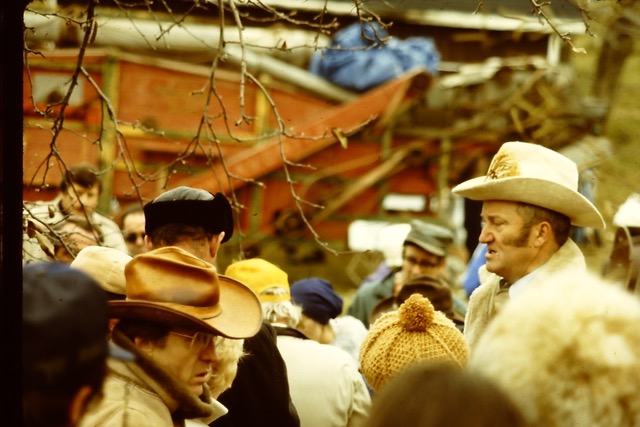
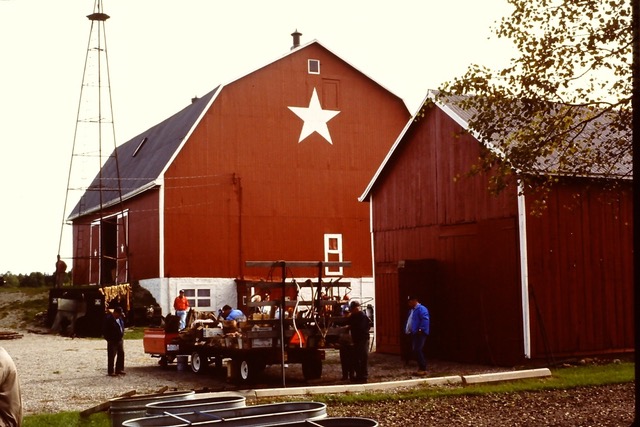
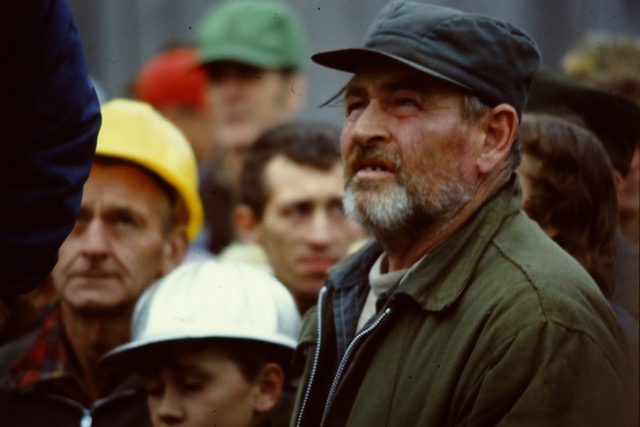
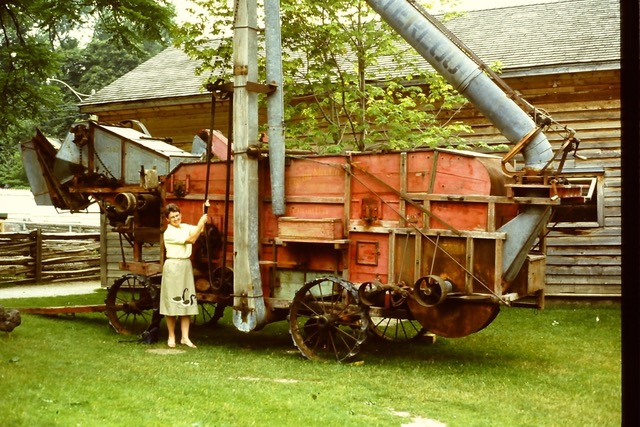

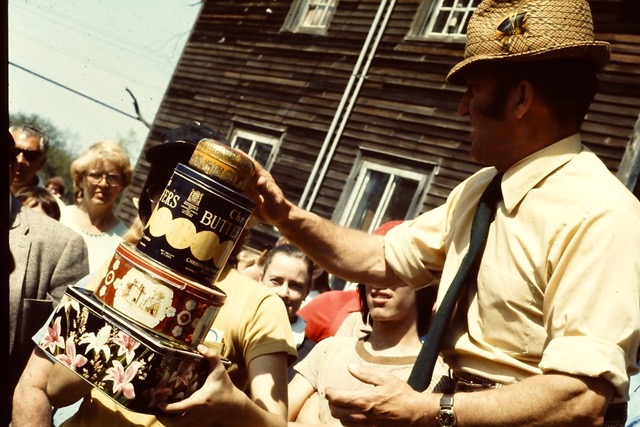

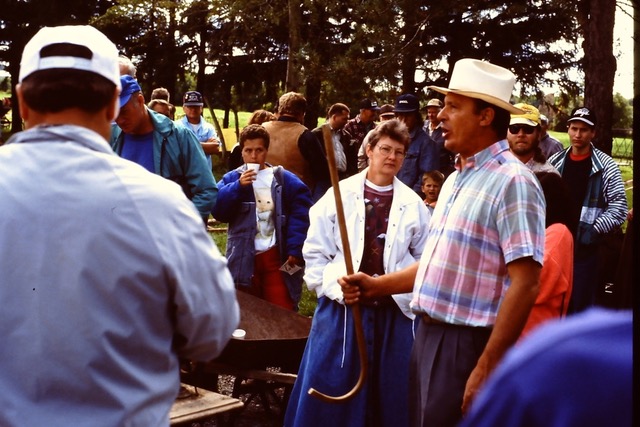
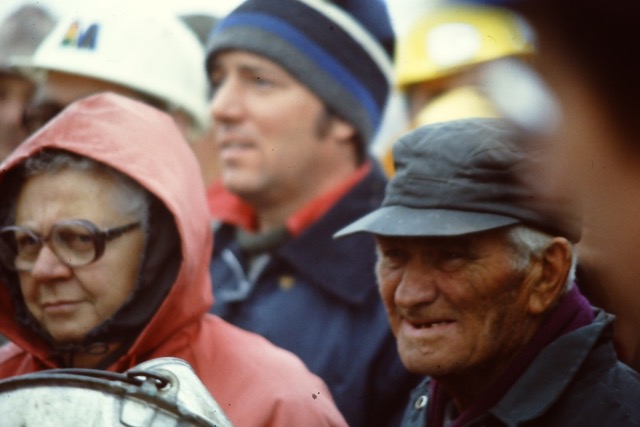
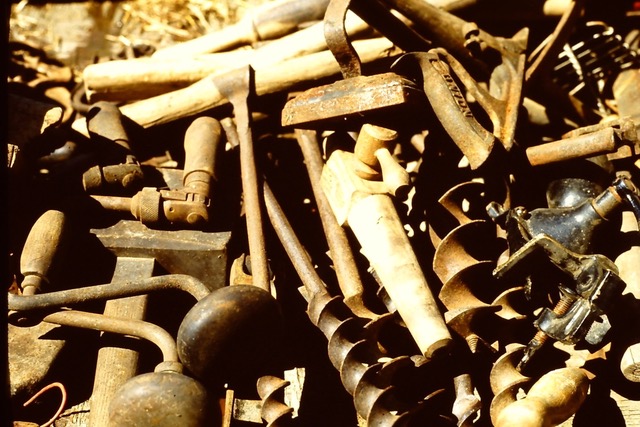
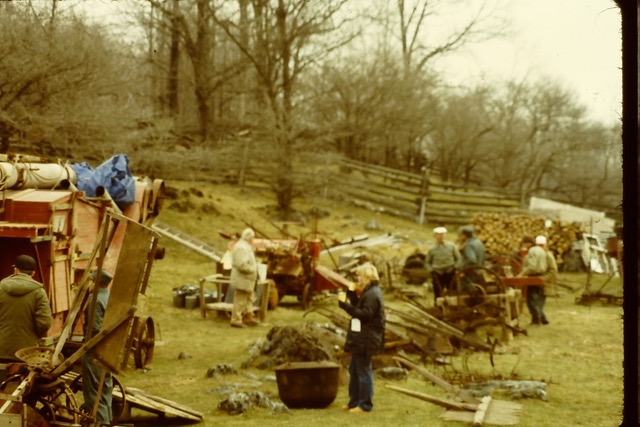

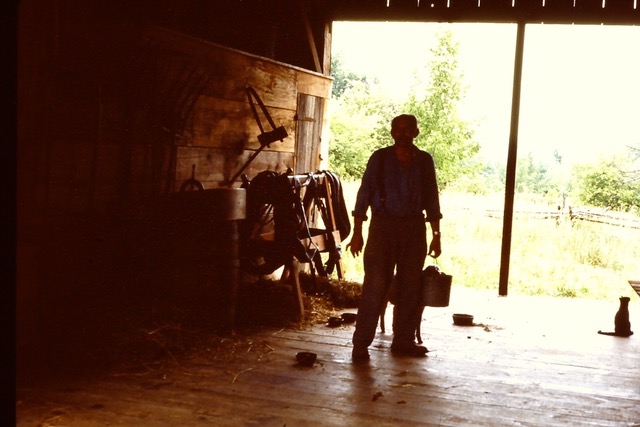

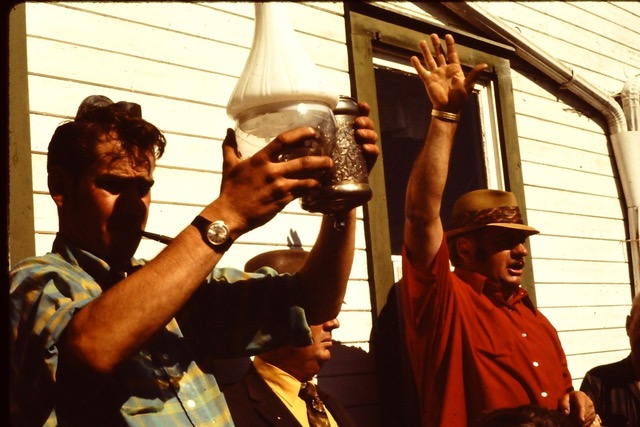

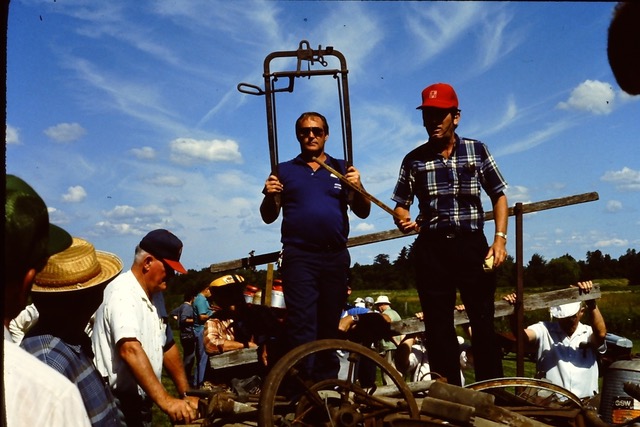
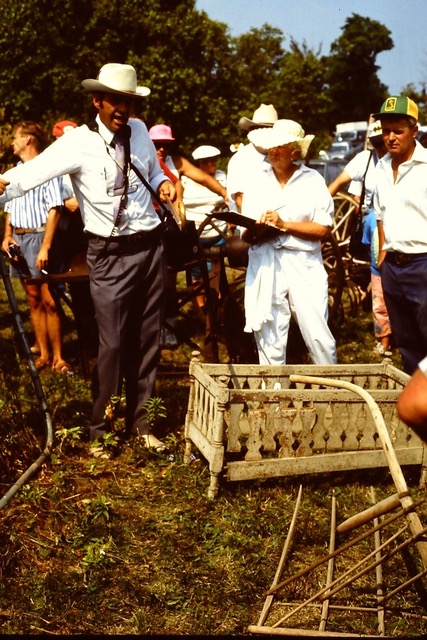


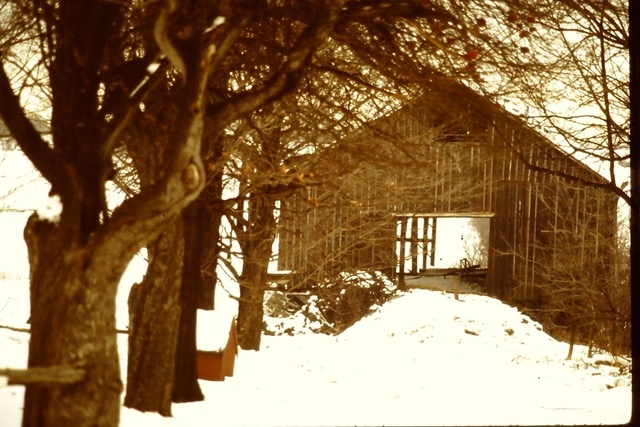
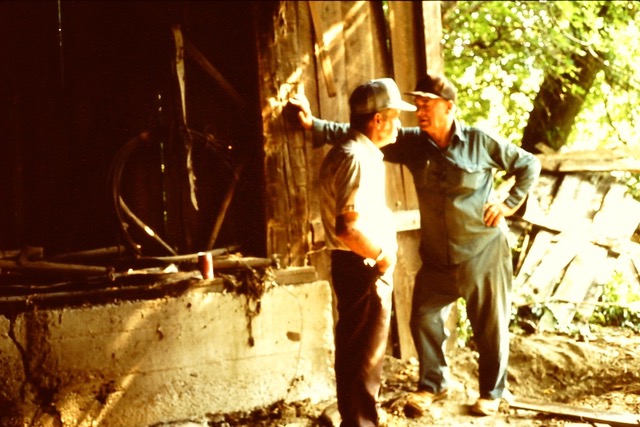
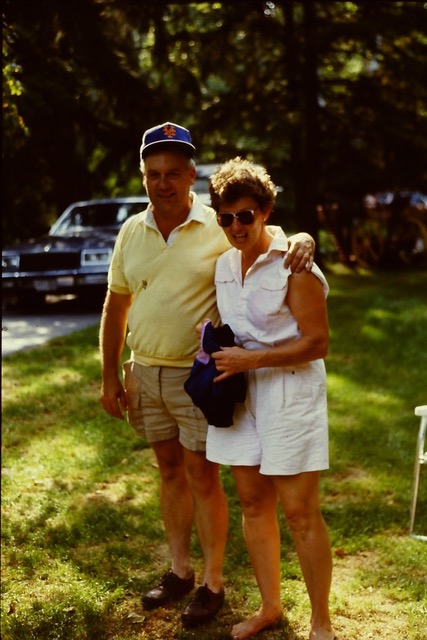
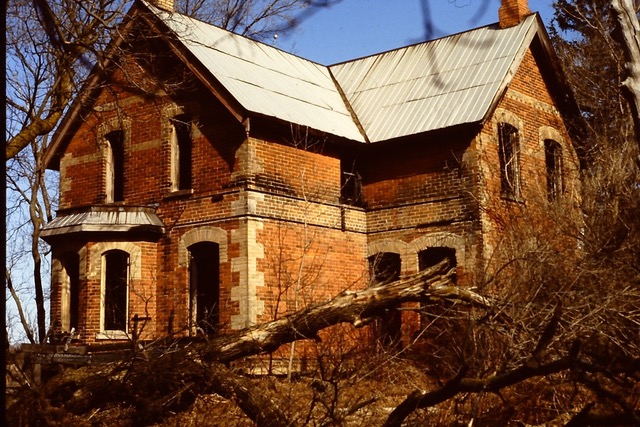
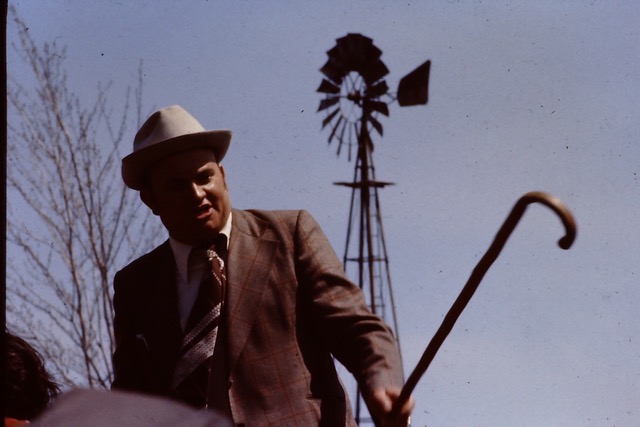
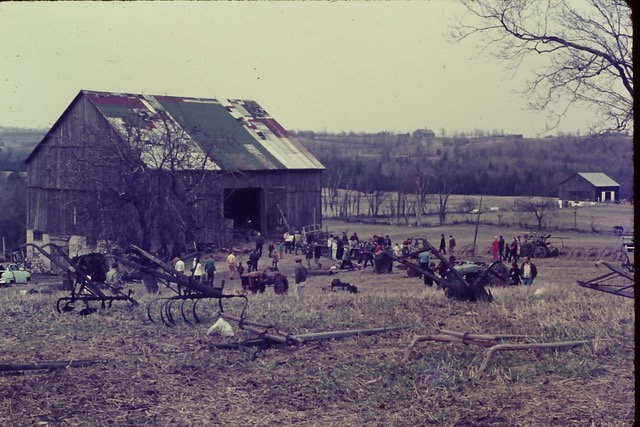
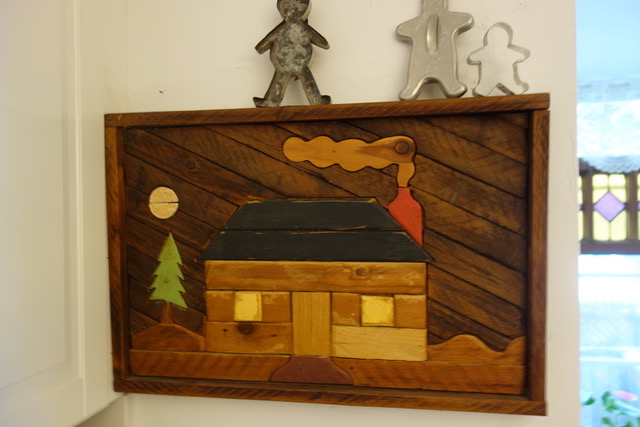


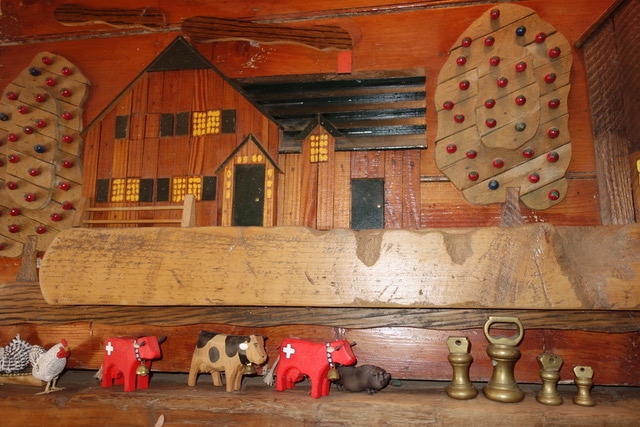

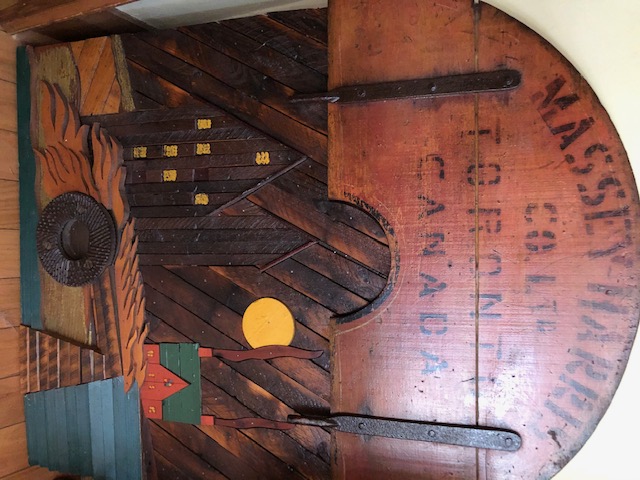
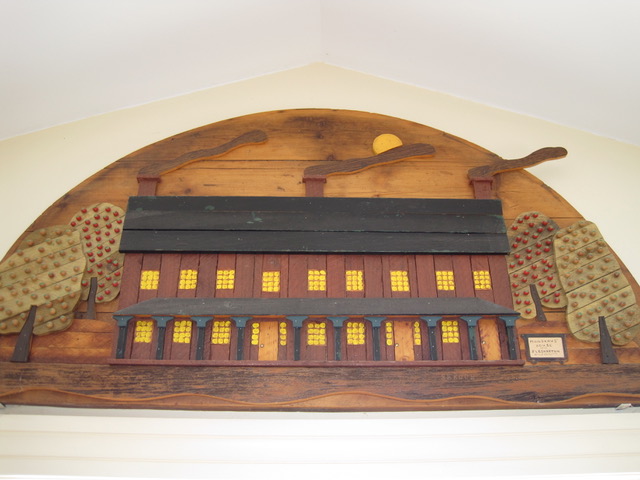



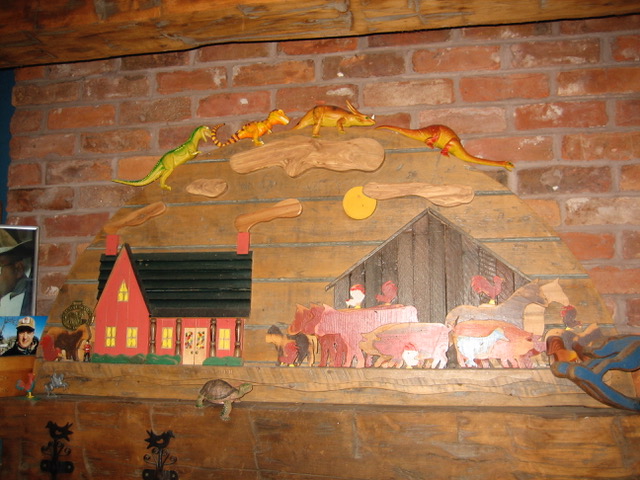

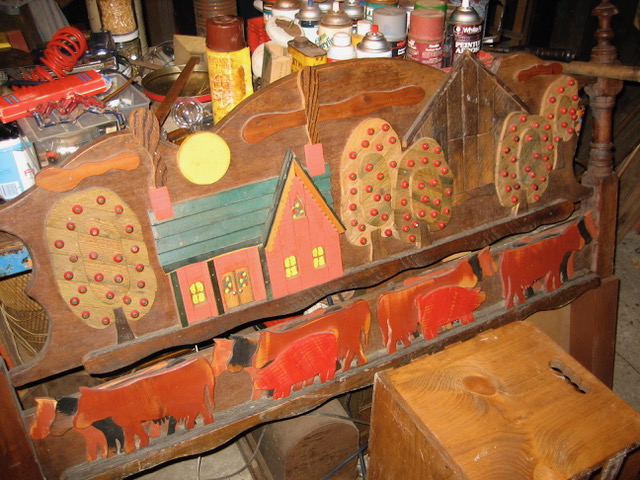
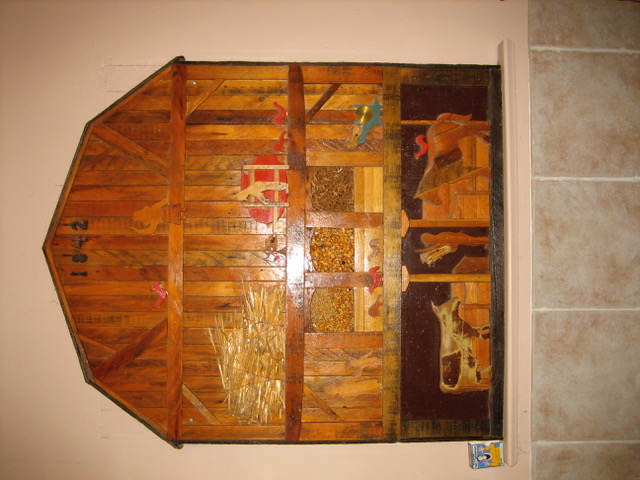
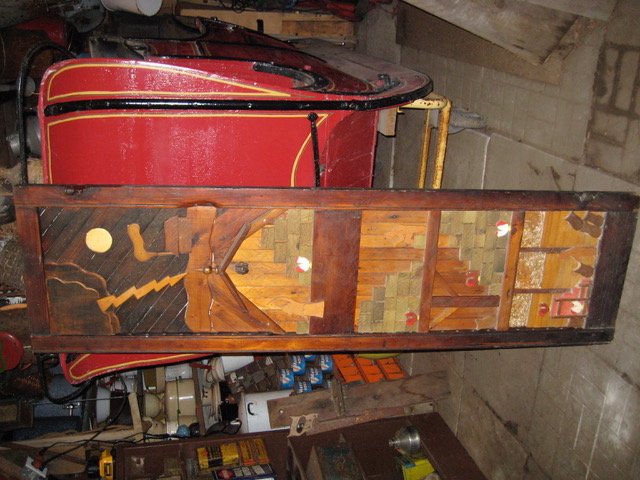
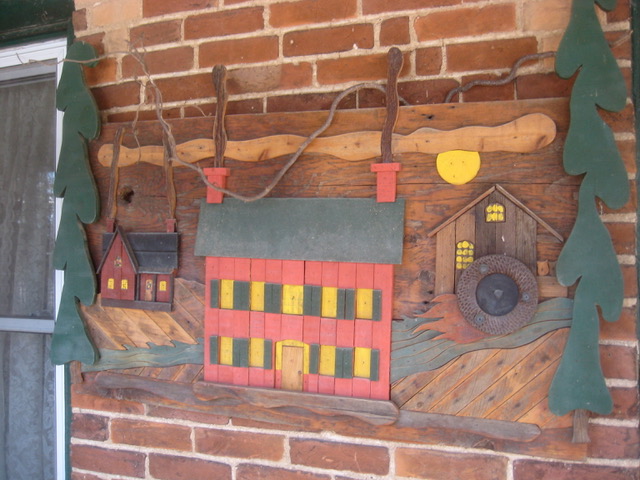


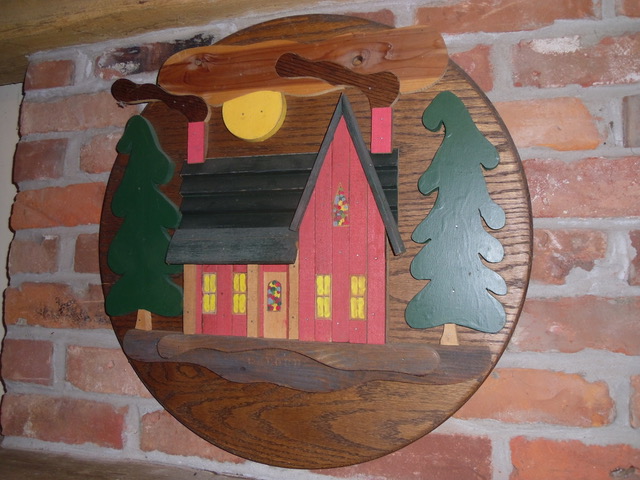 \
\

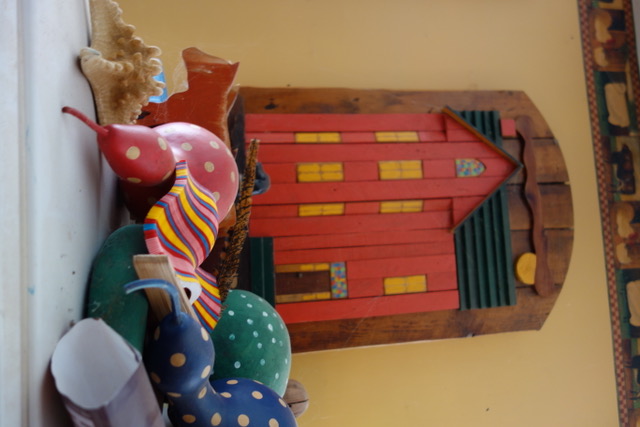

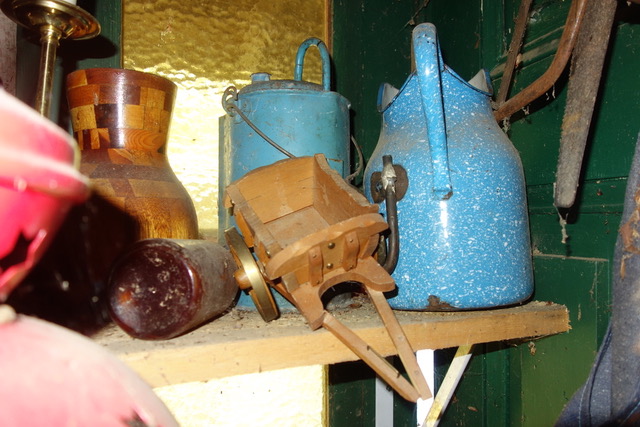
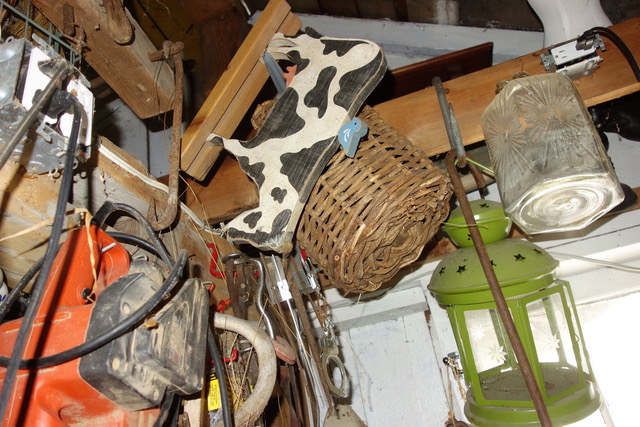
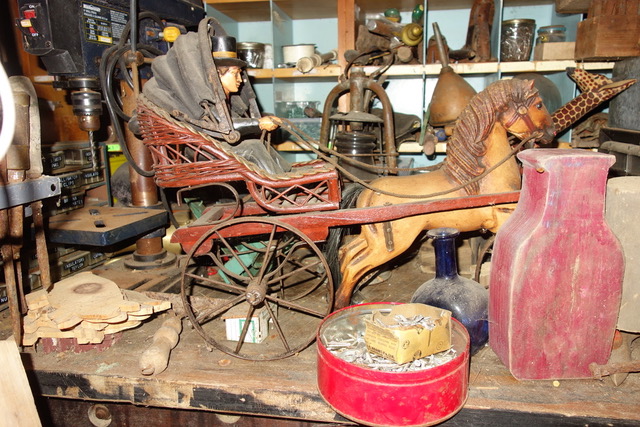
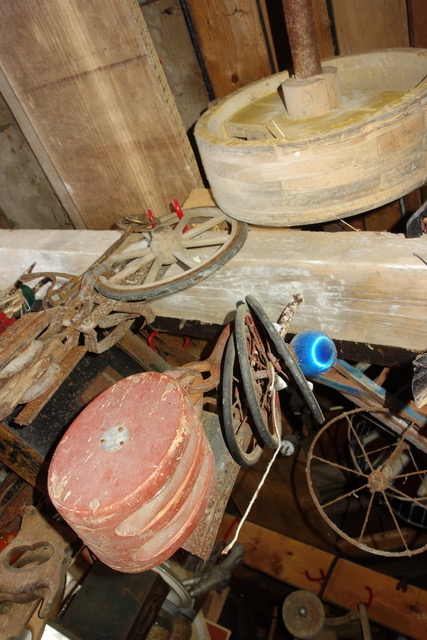
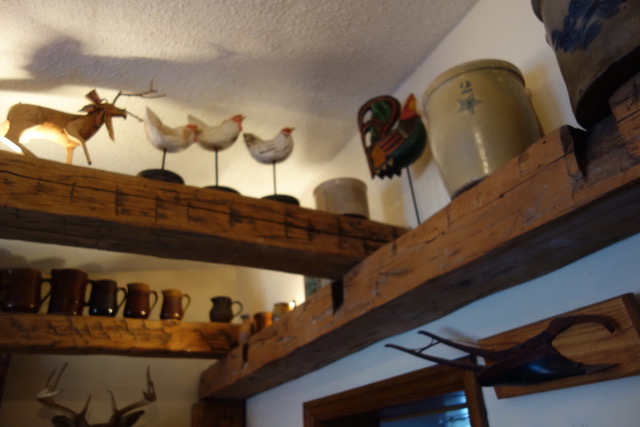

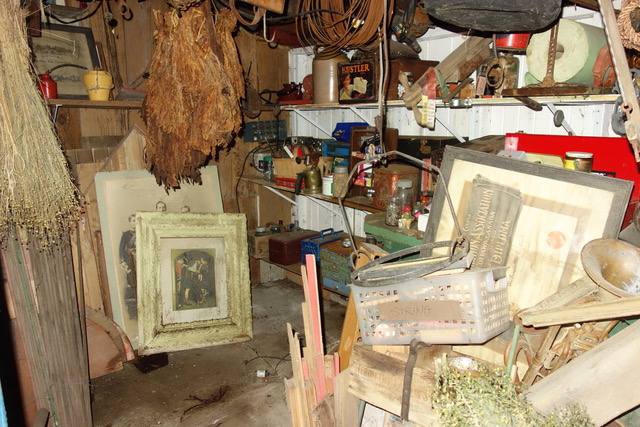
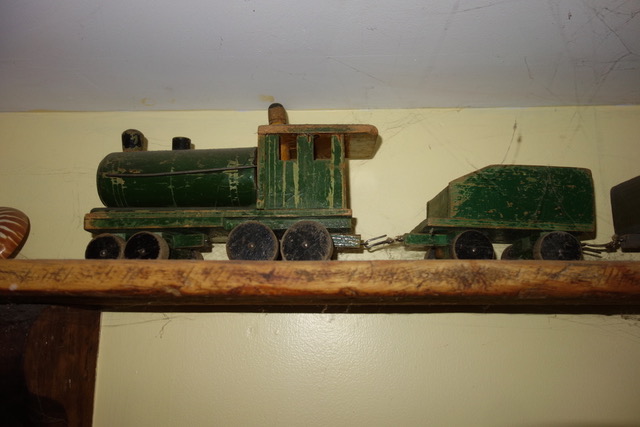
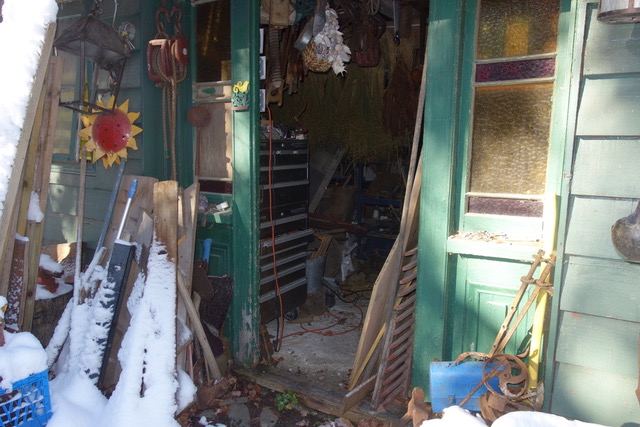
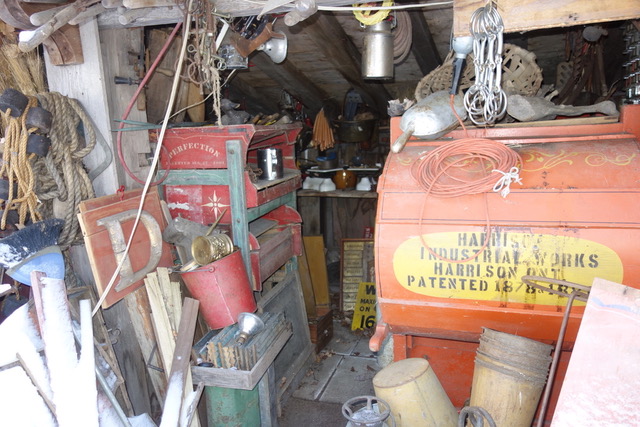
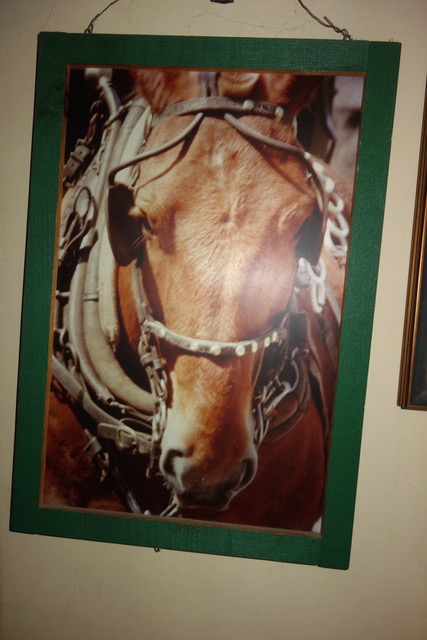
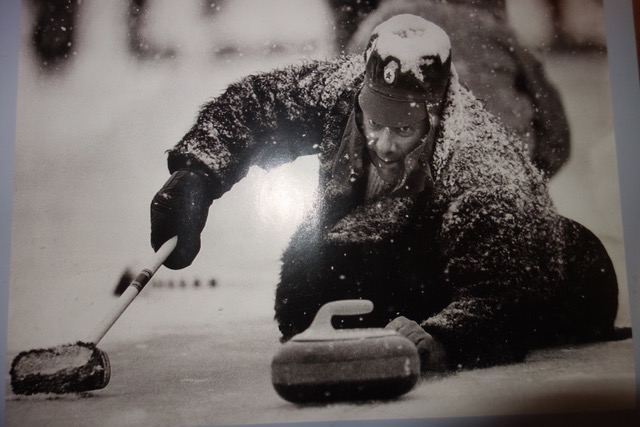

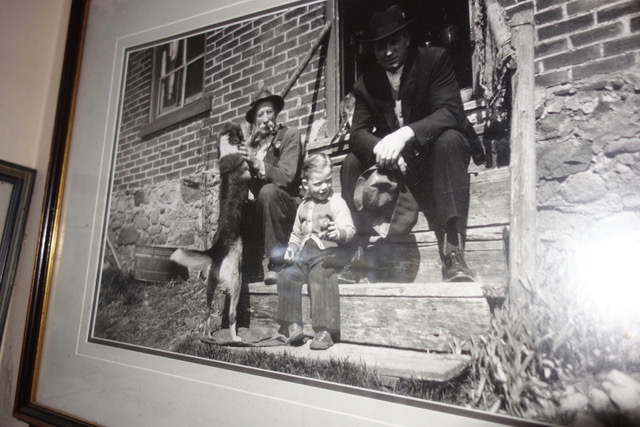
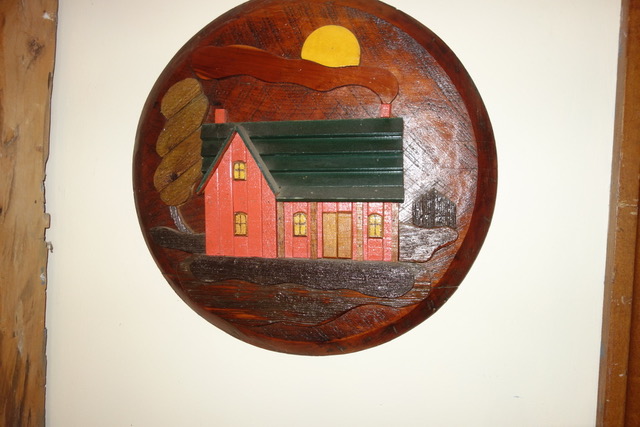


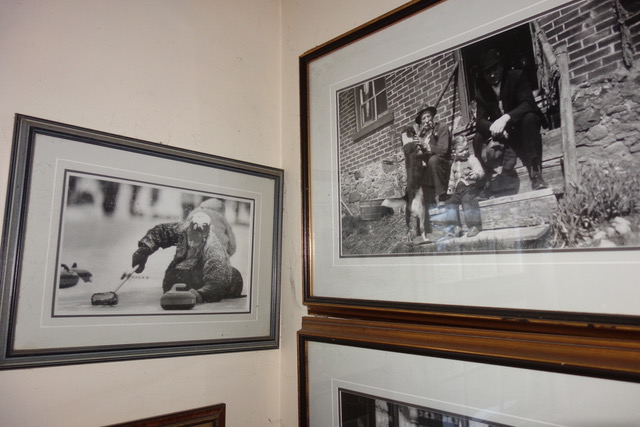
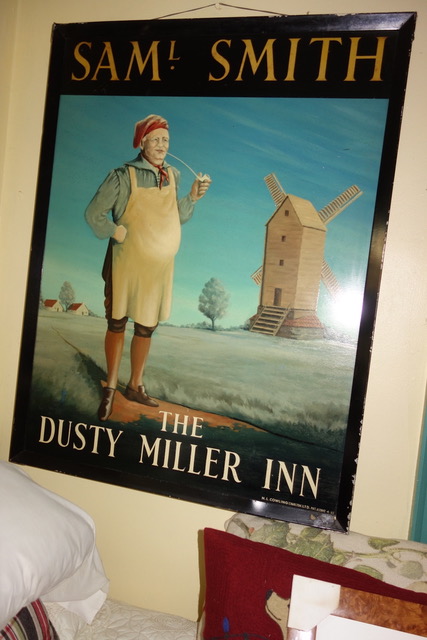

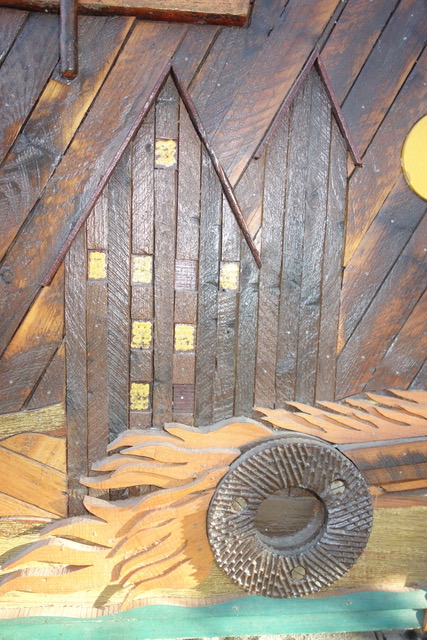

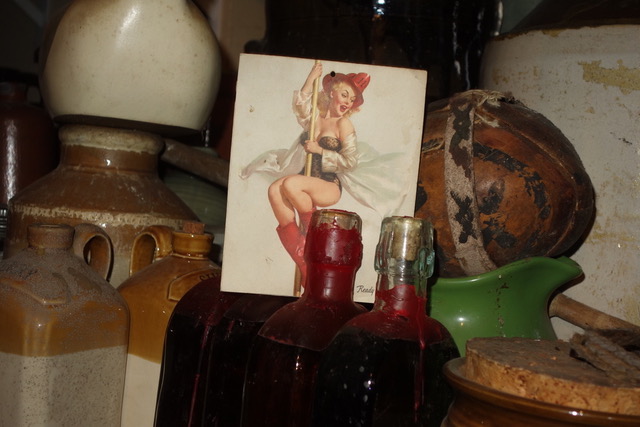





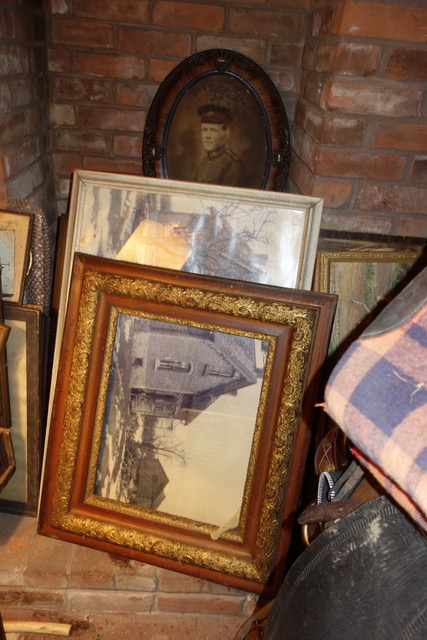
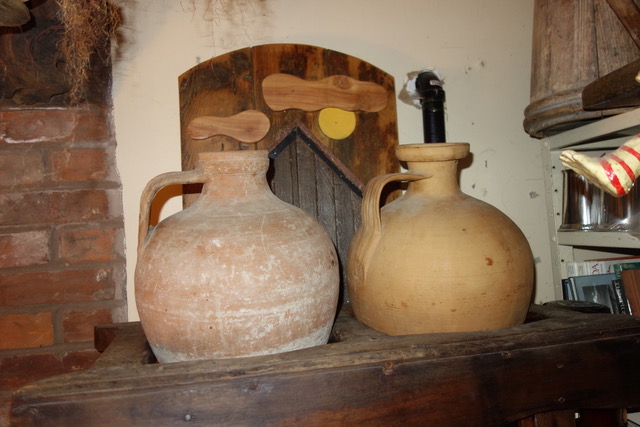
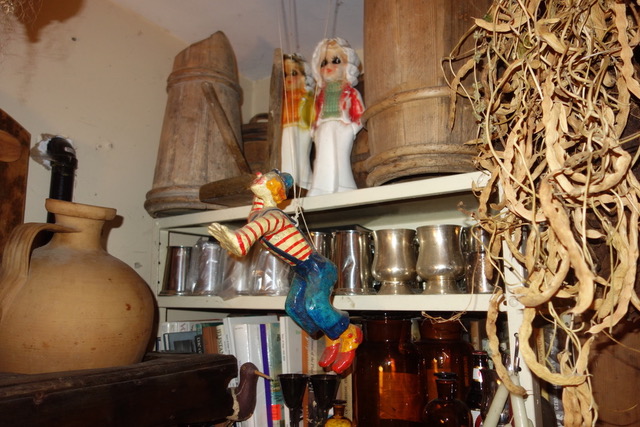

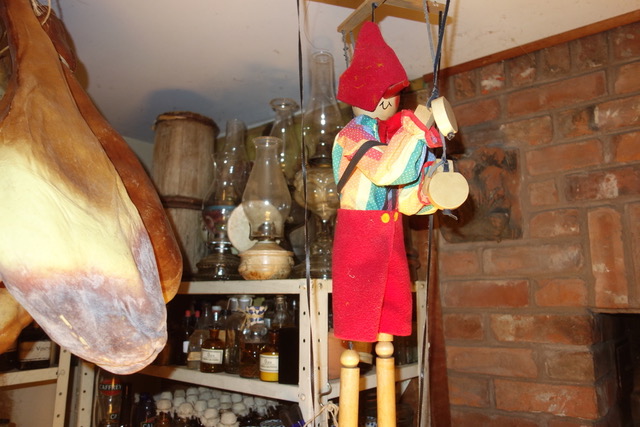
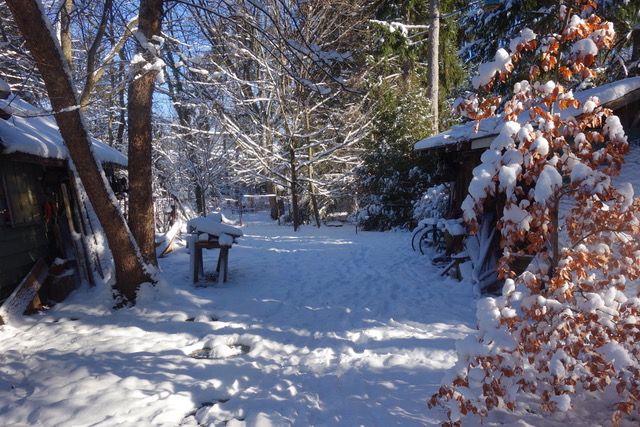
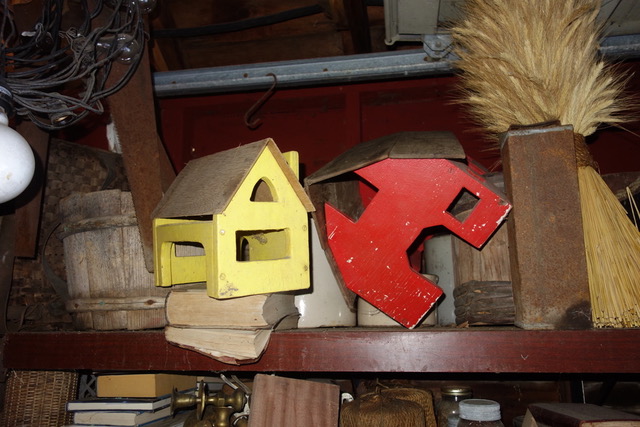

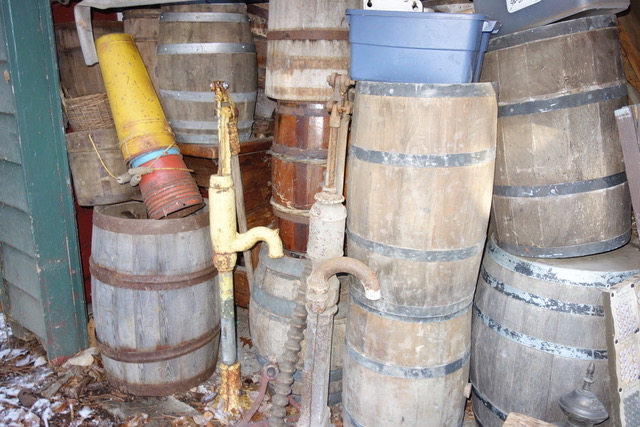
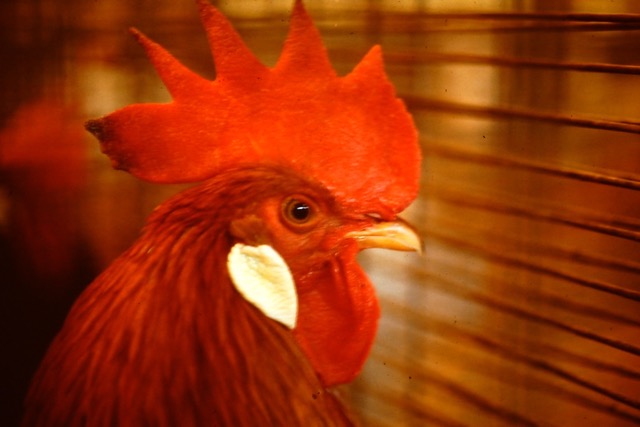

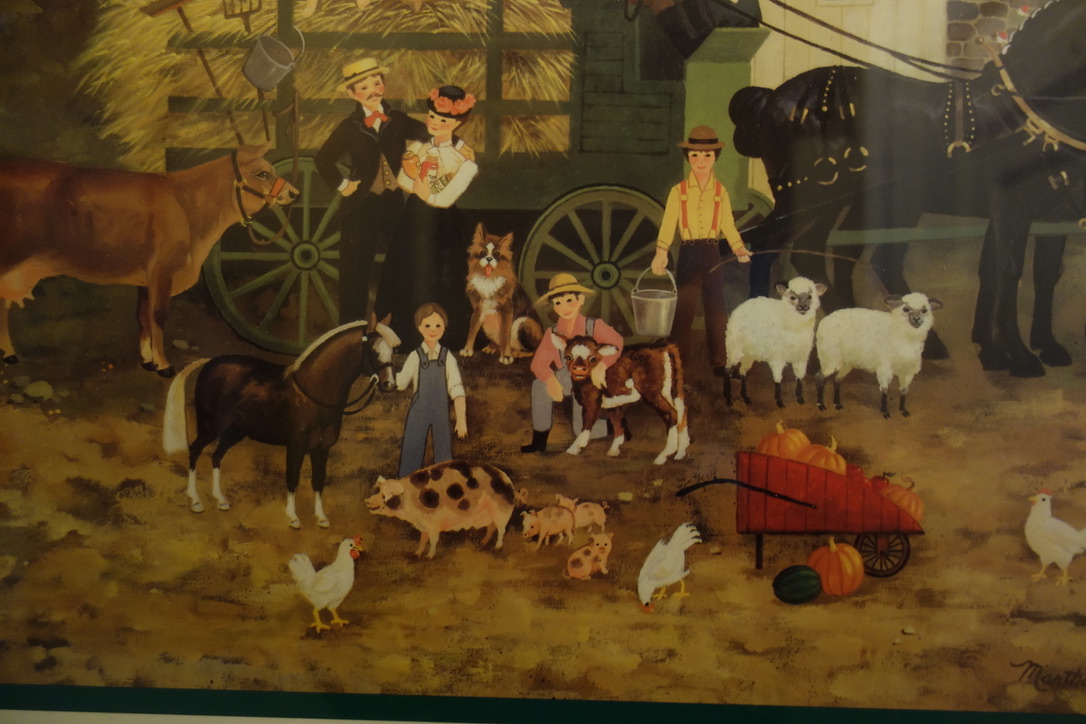

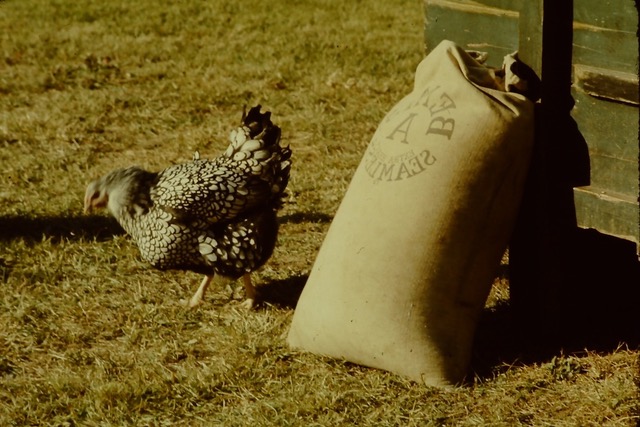
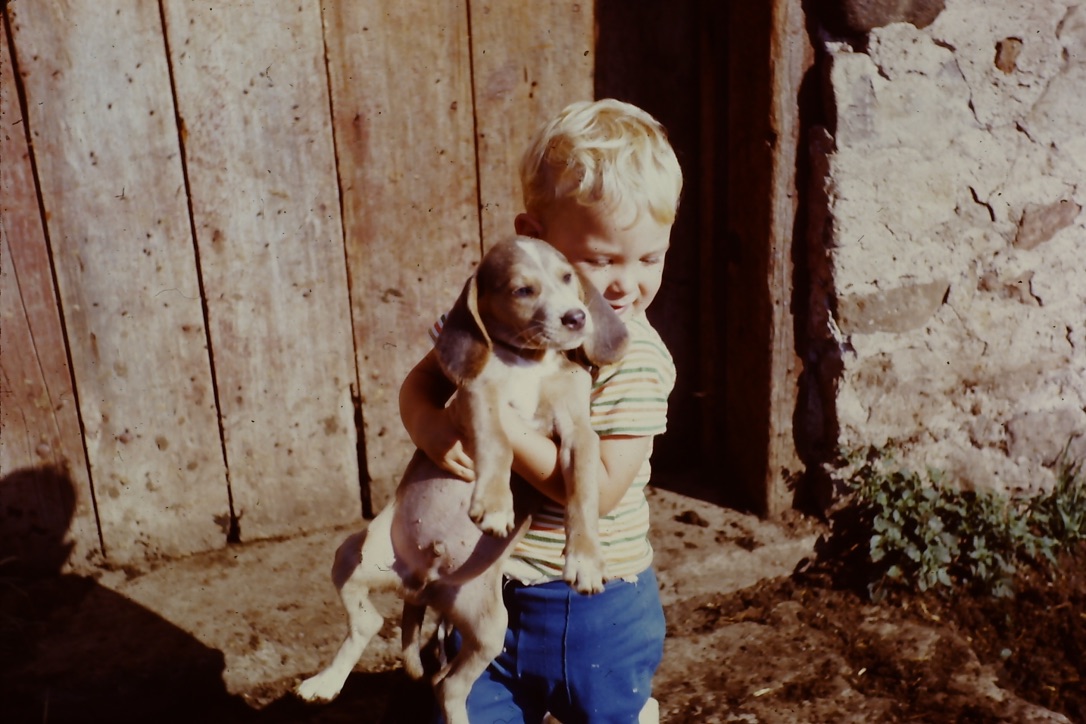

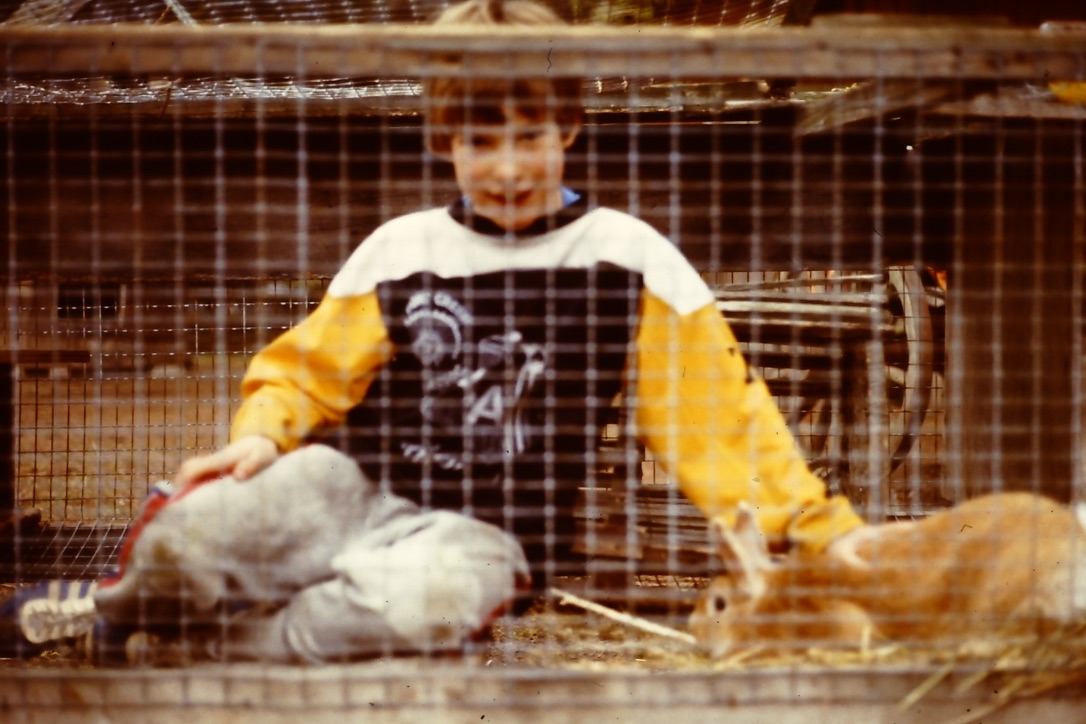
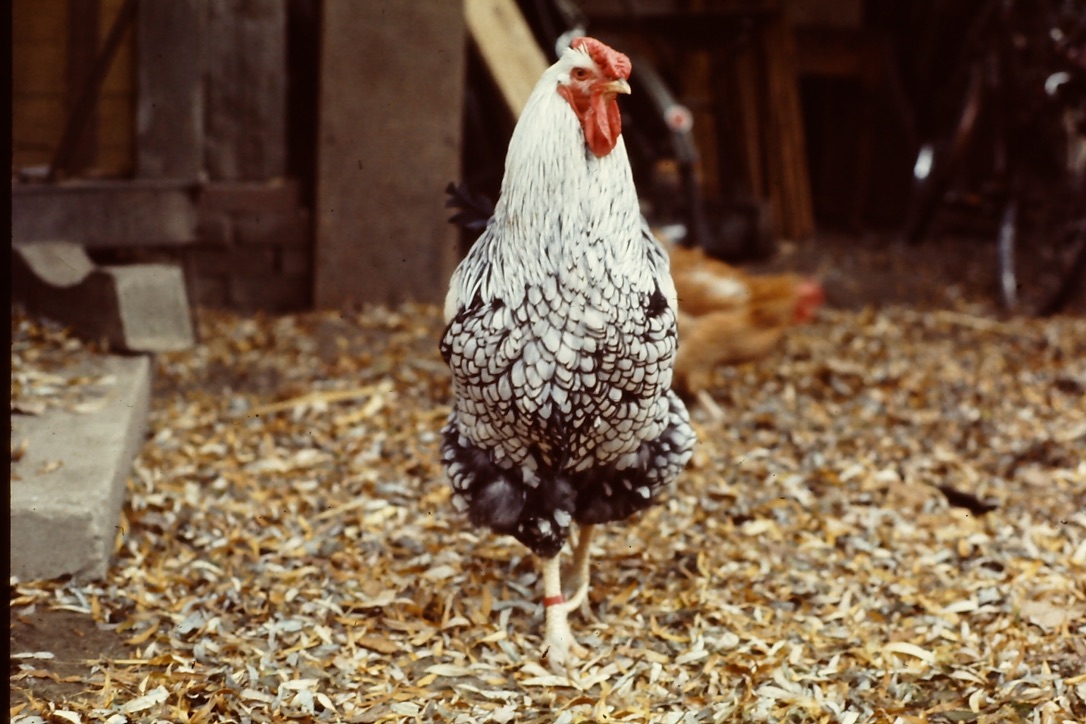

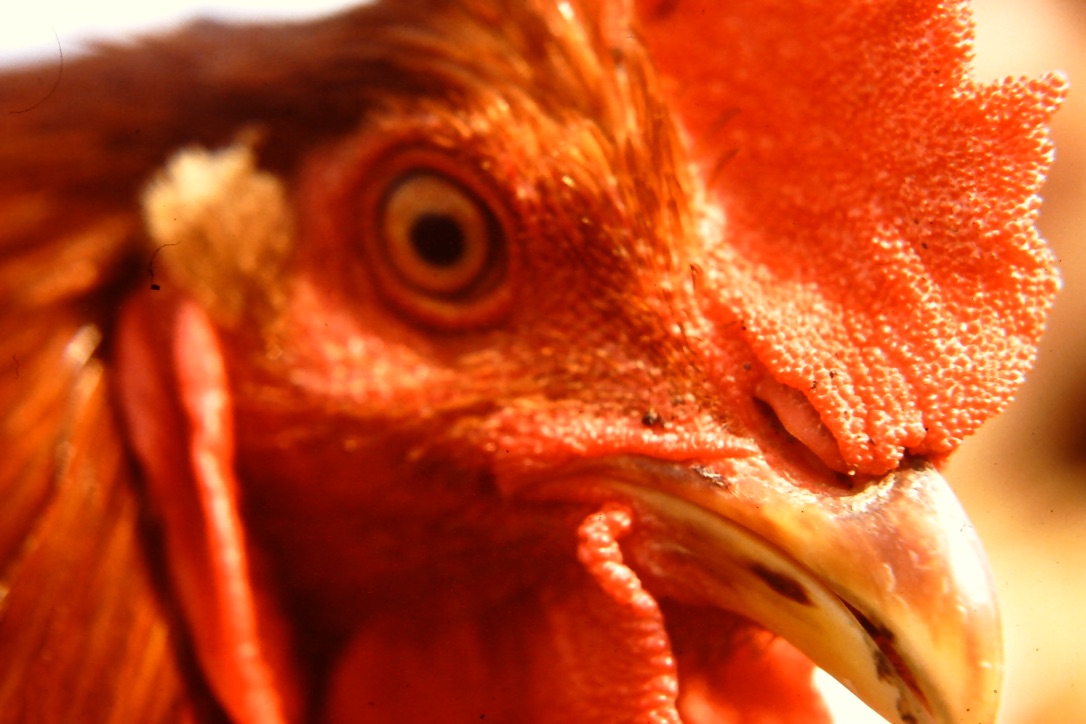

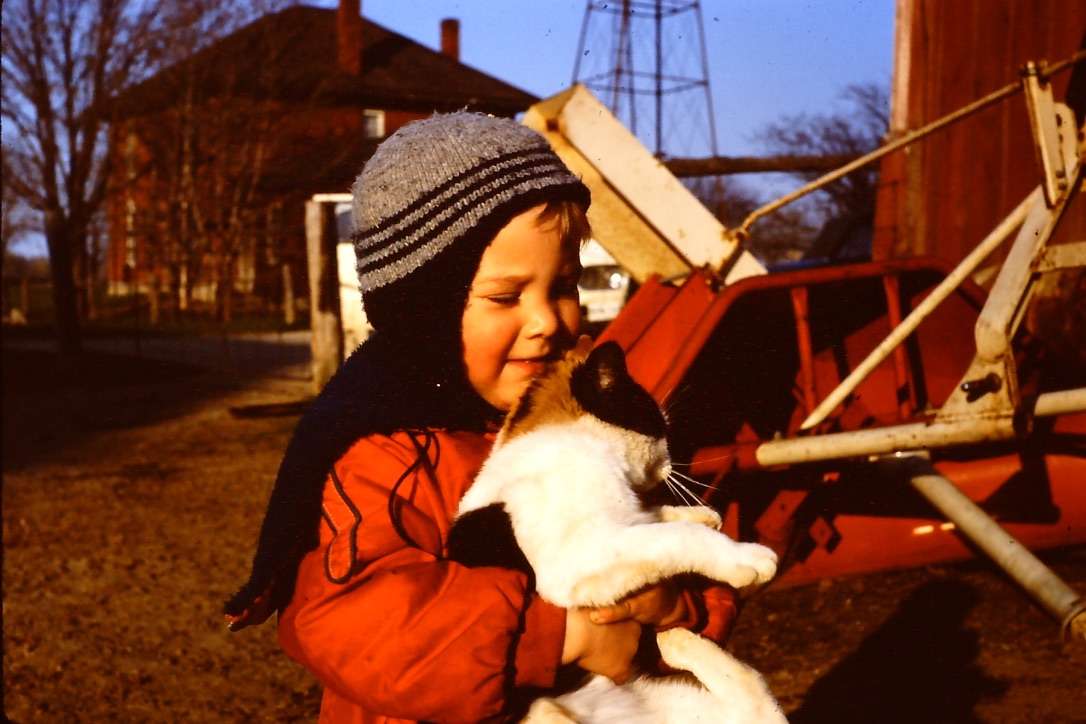

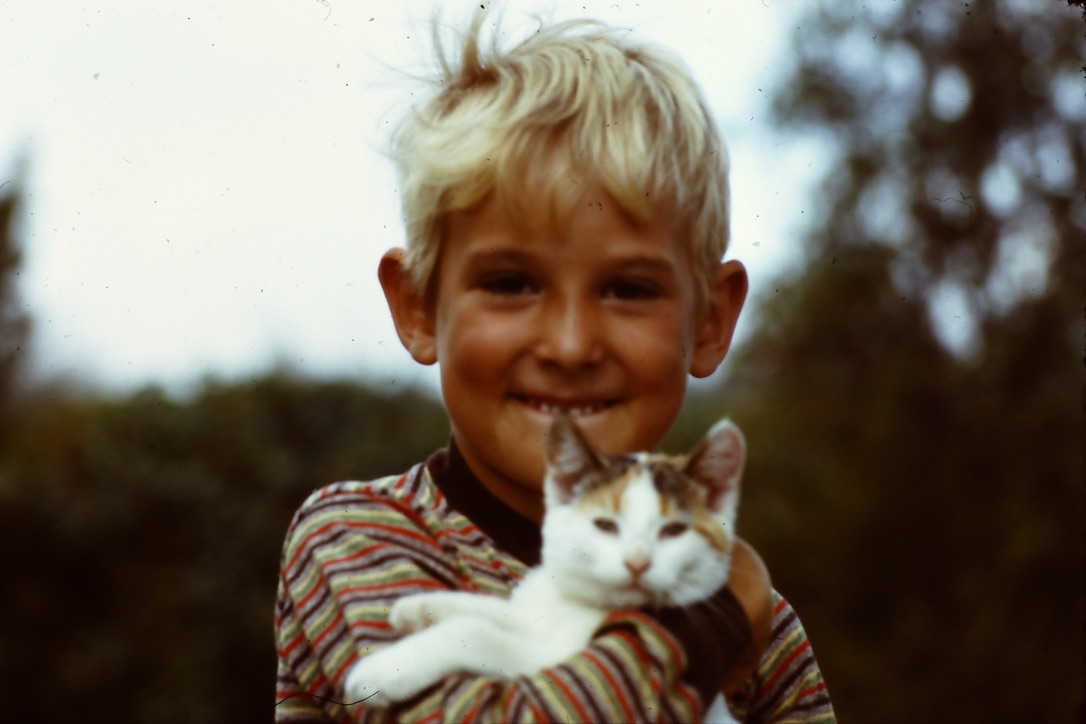
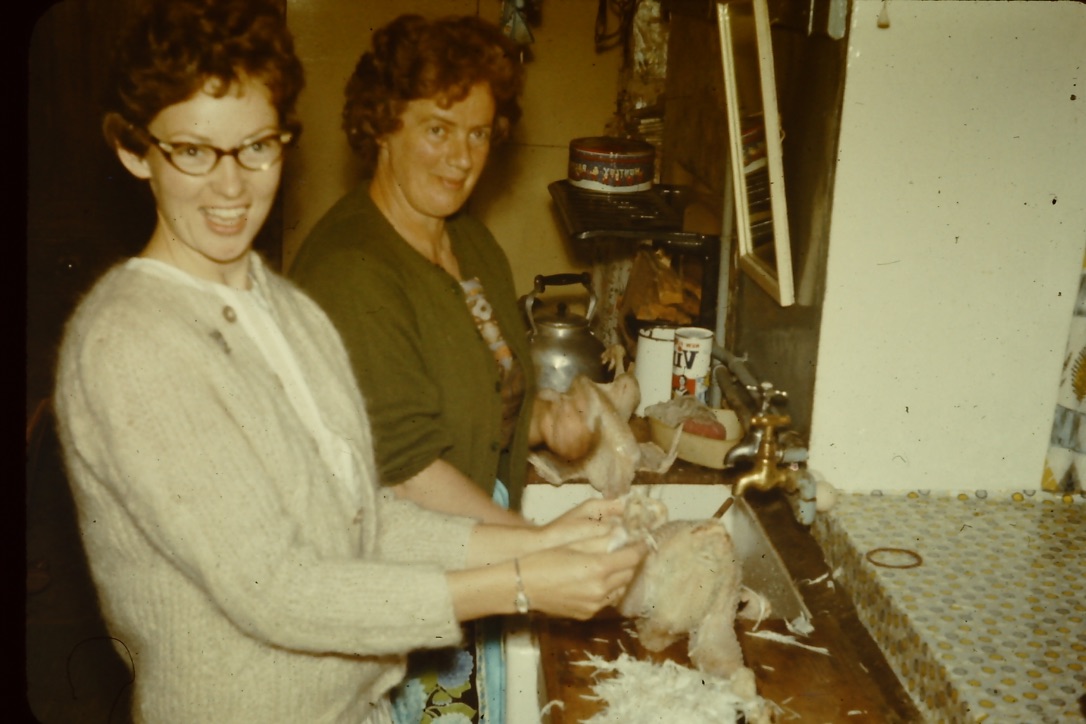
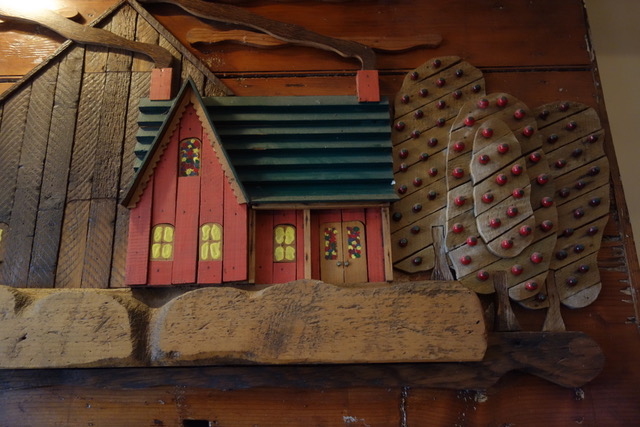

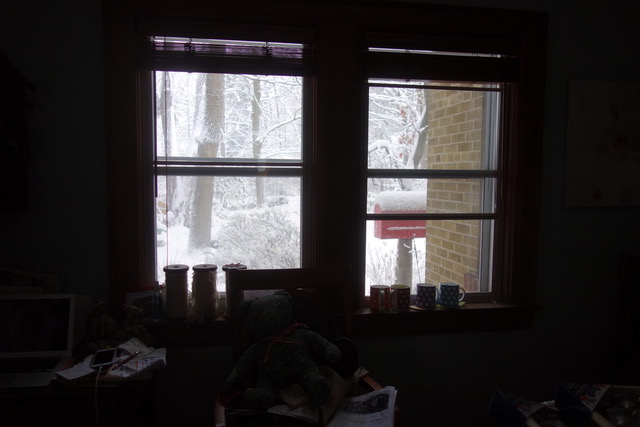
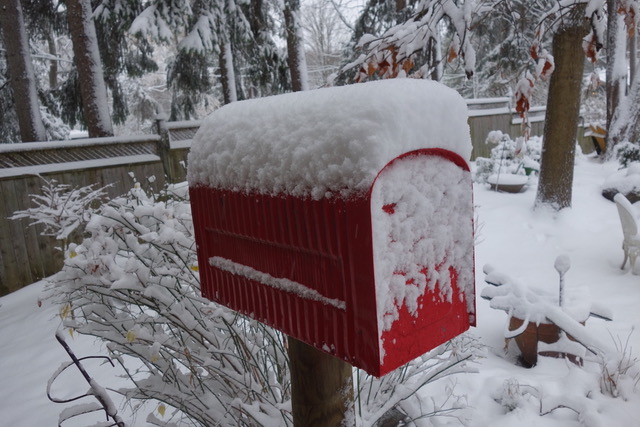
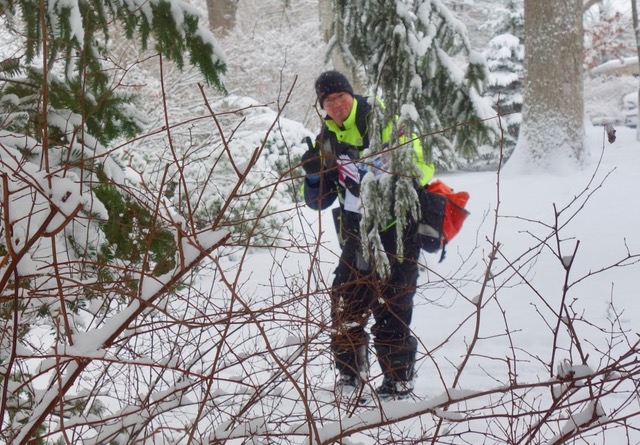
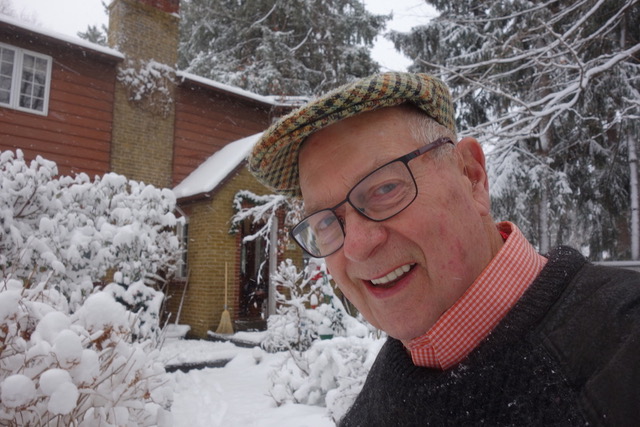

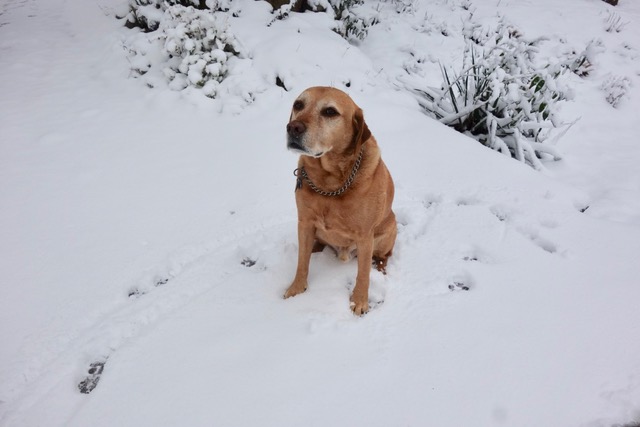


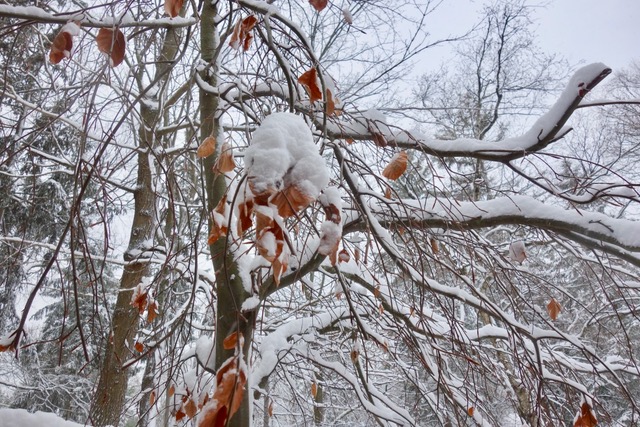


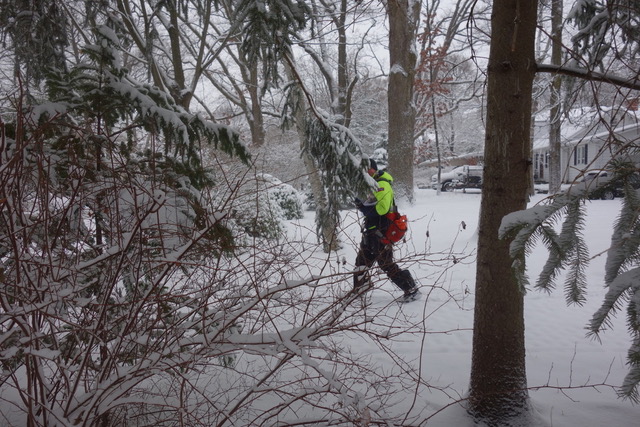
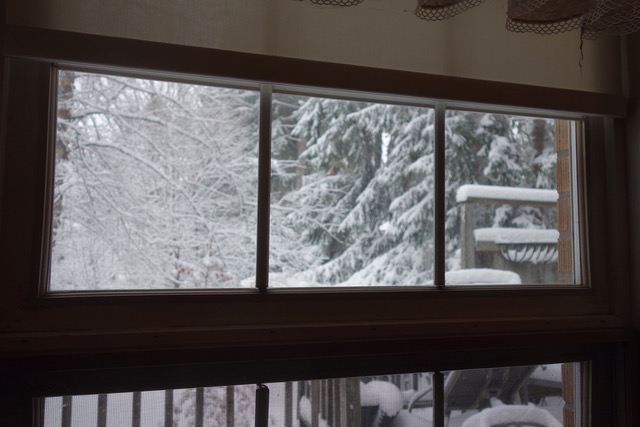
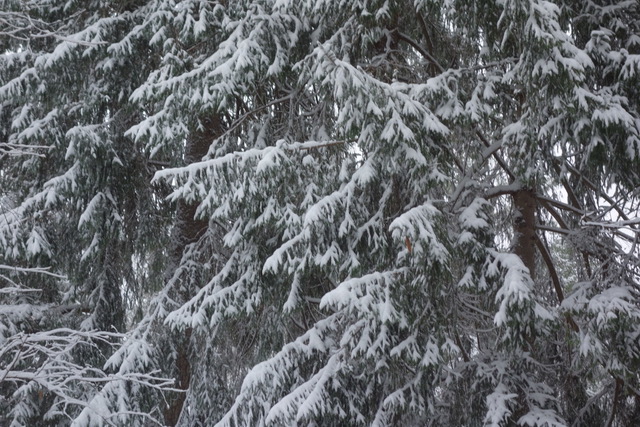
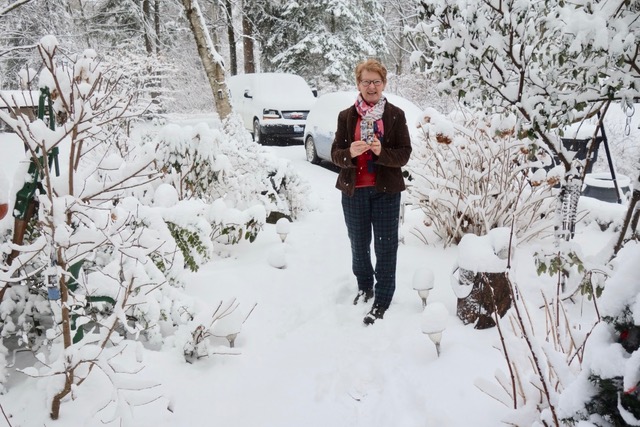
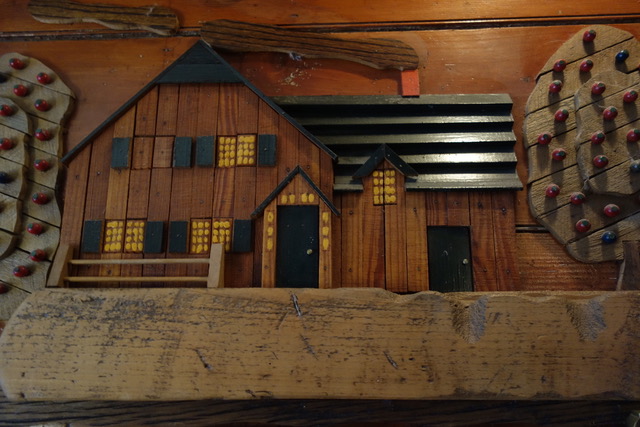
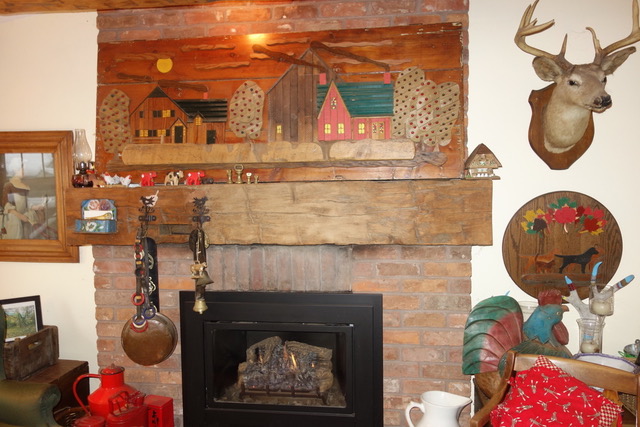








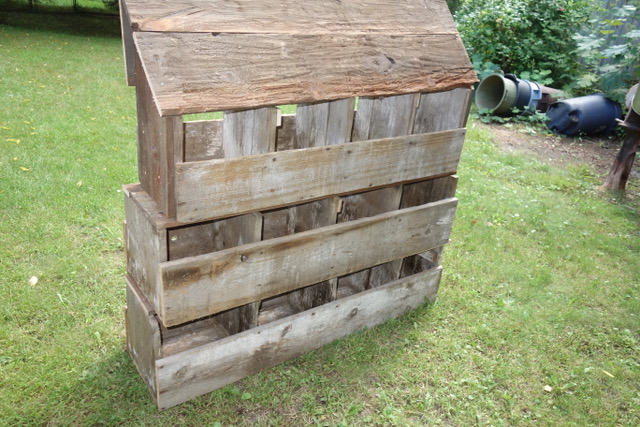


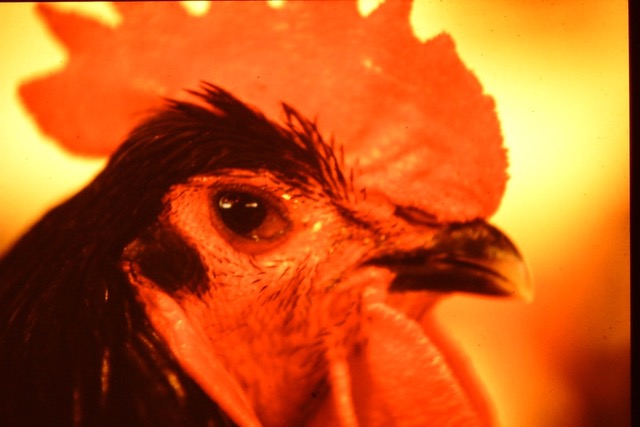
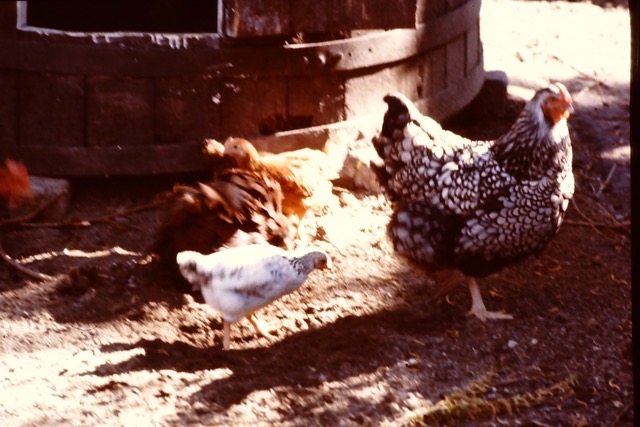

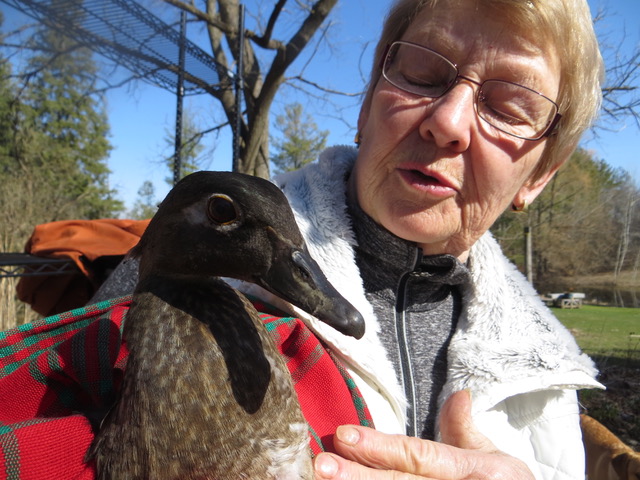

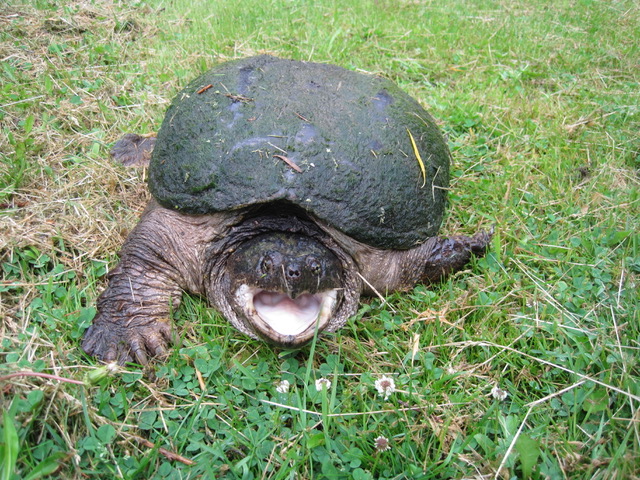
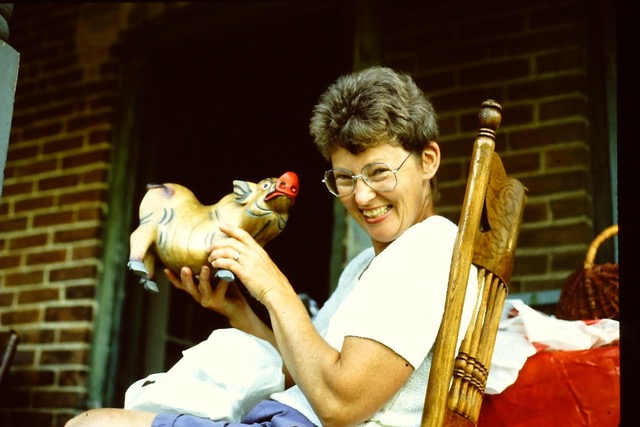
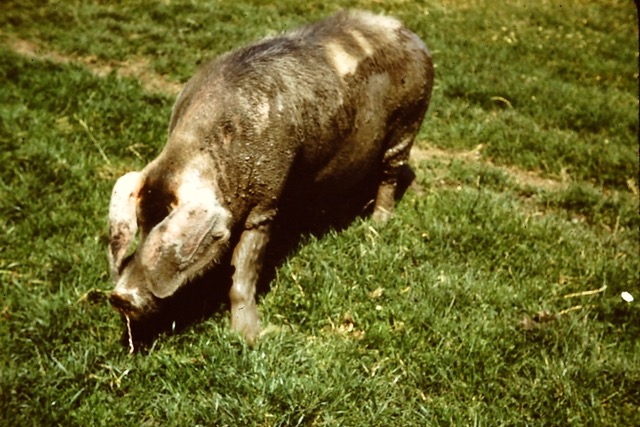
 W
W